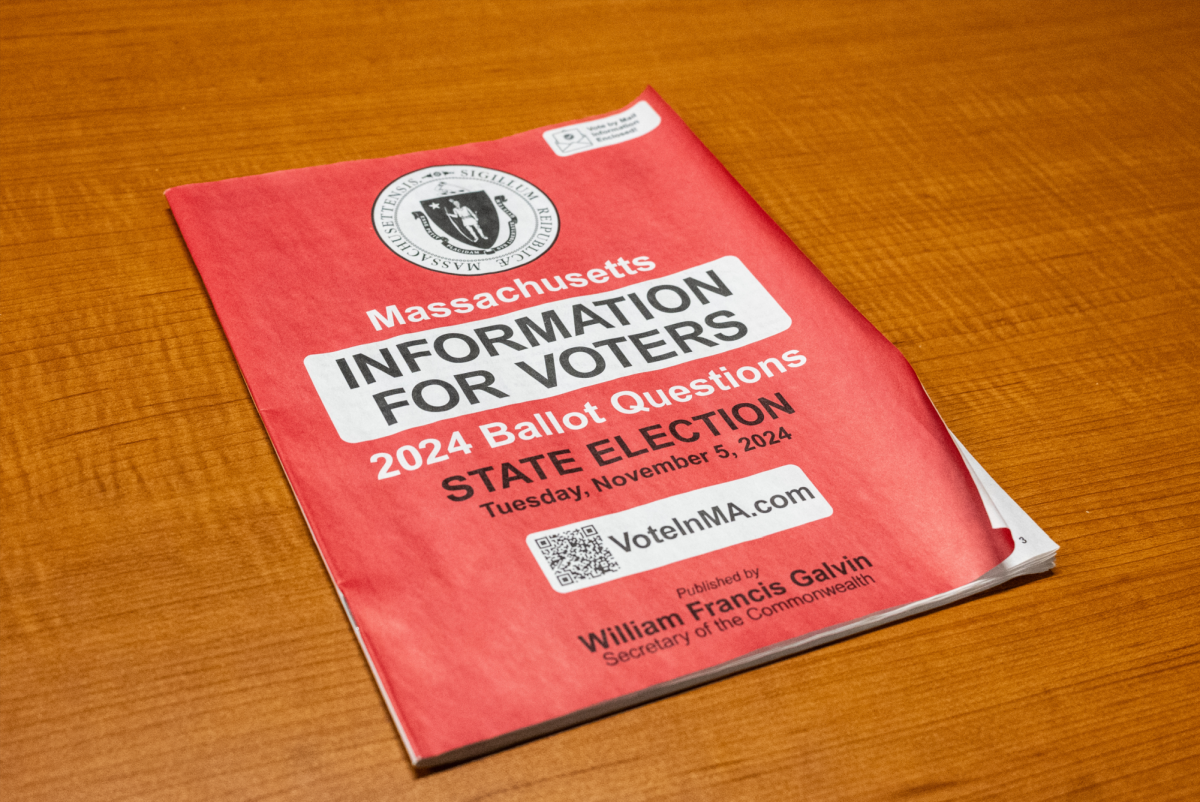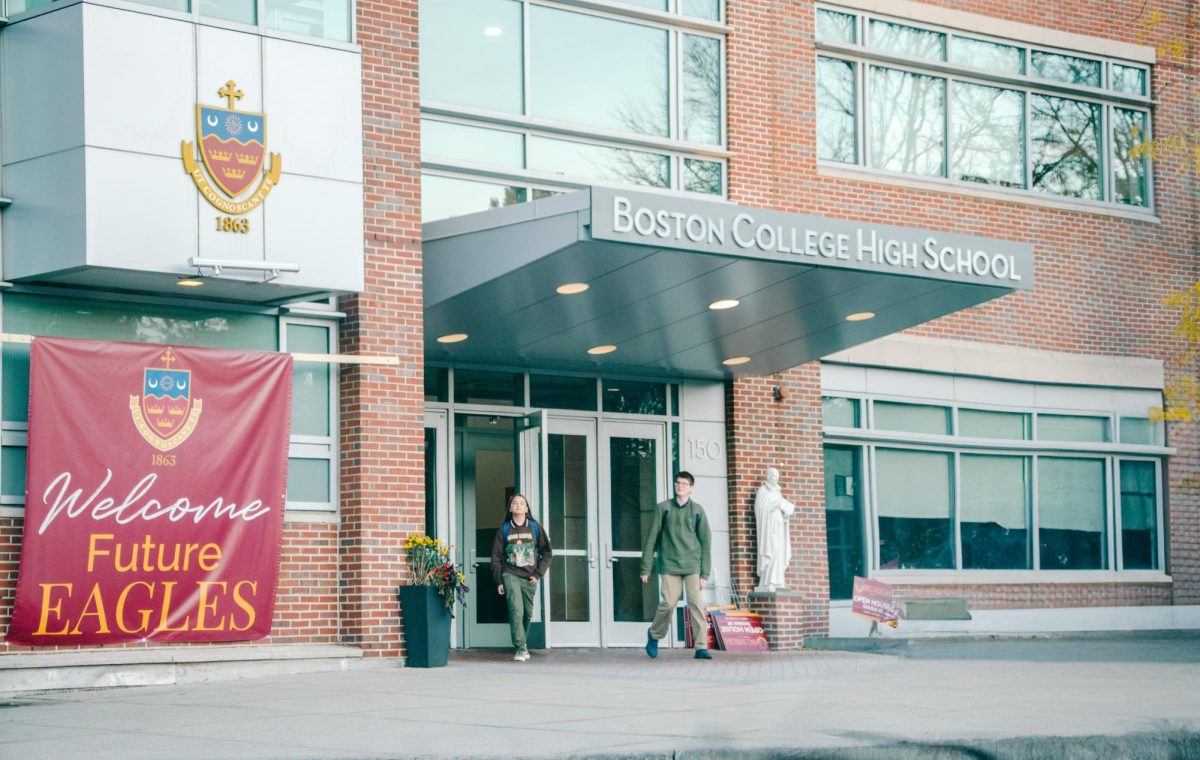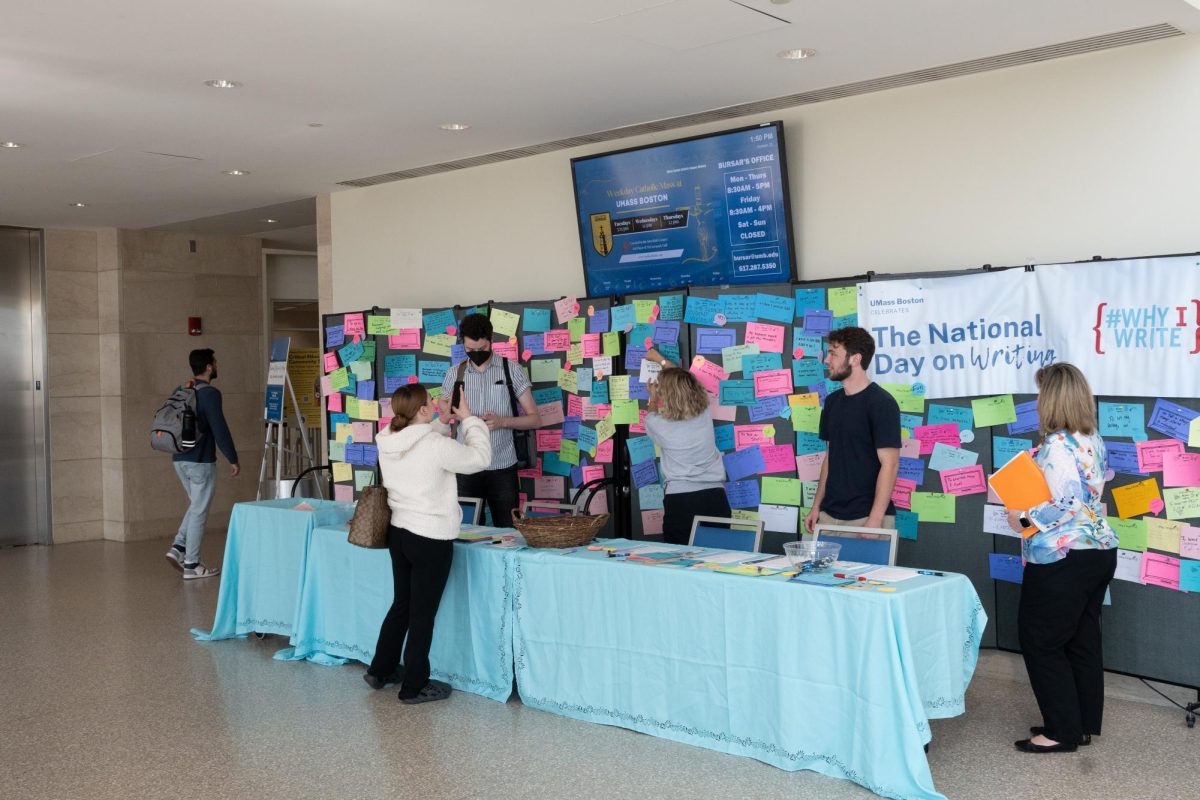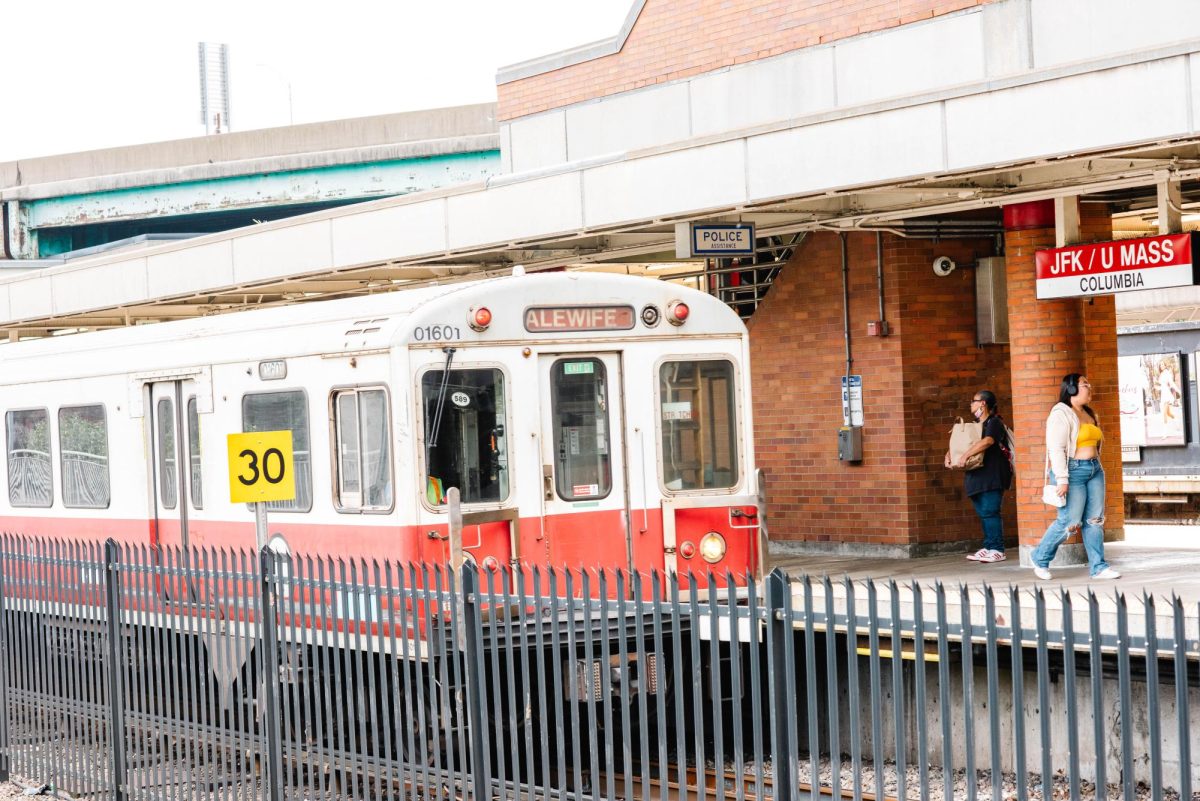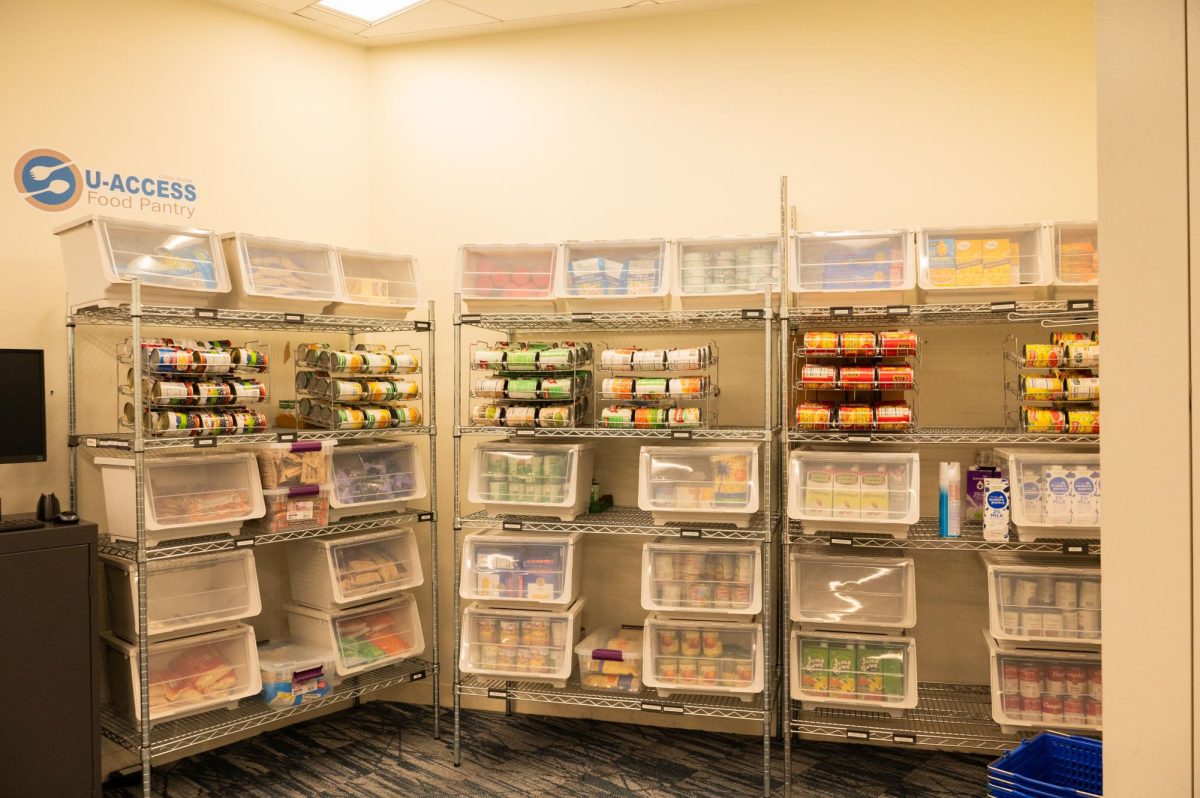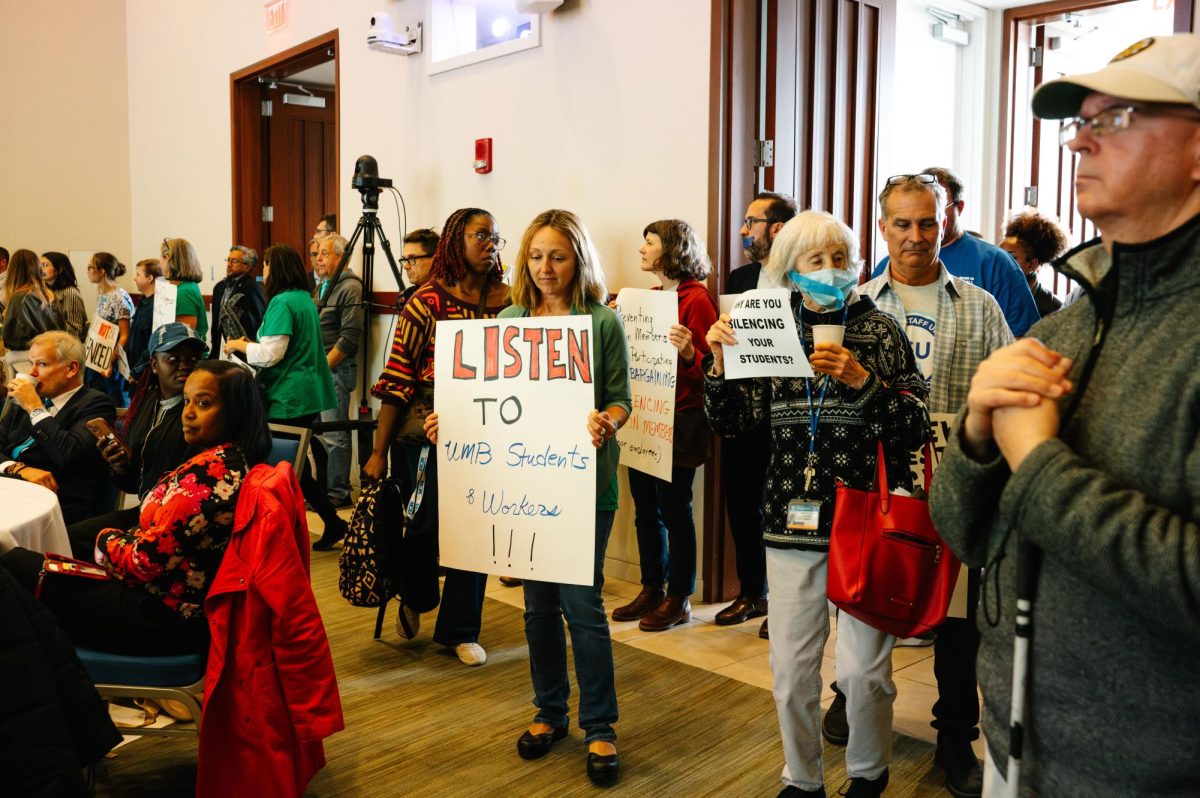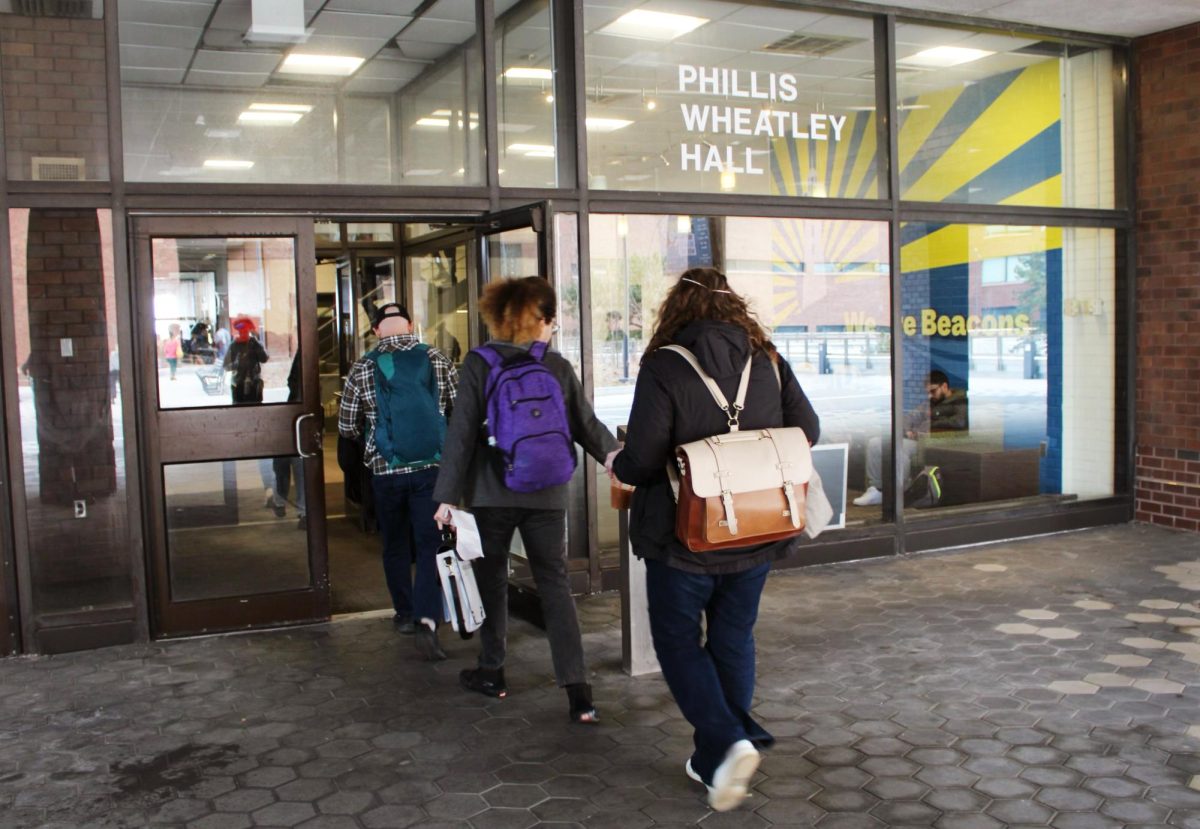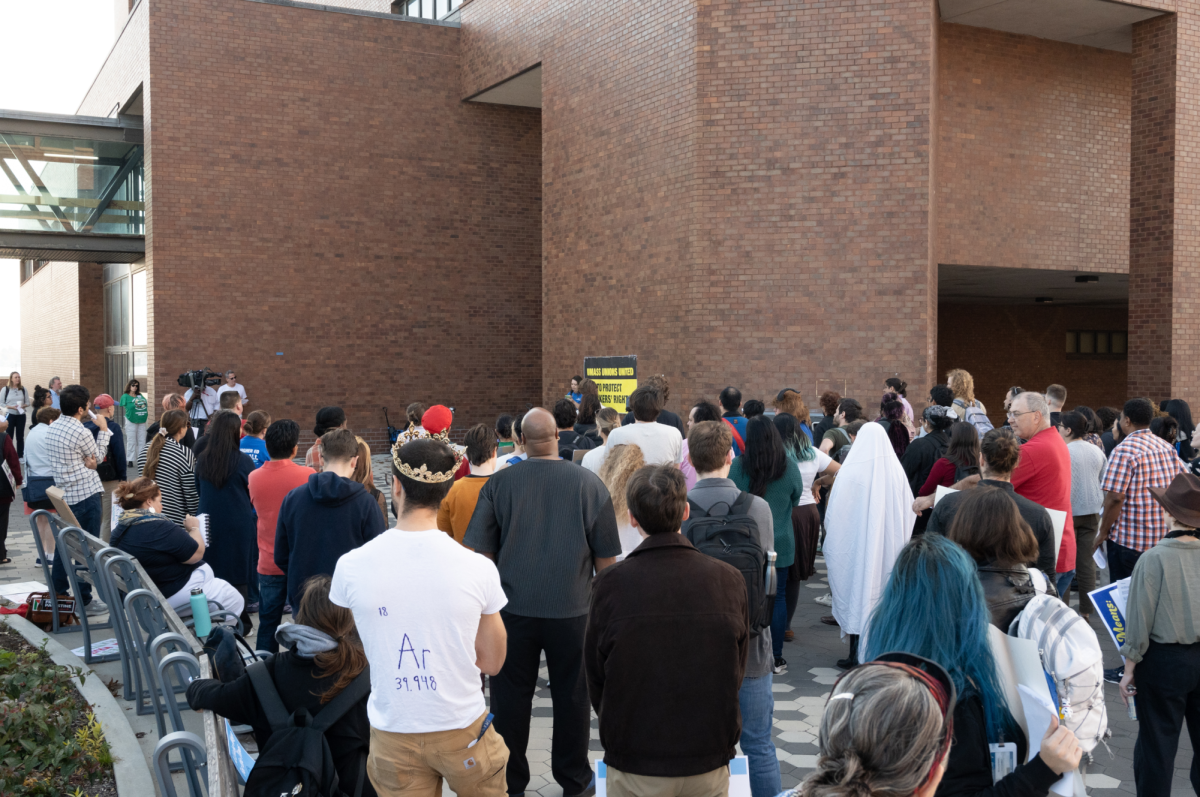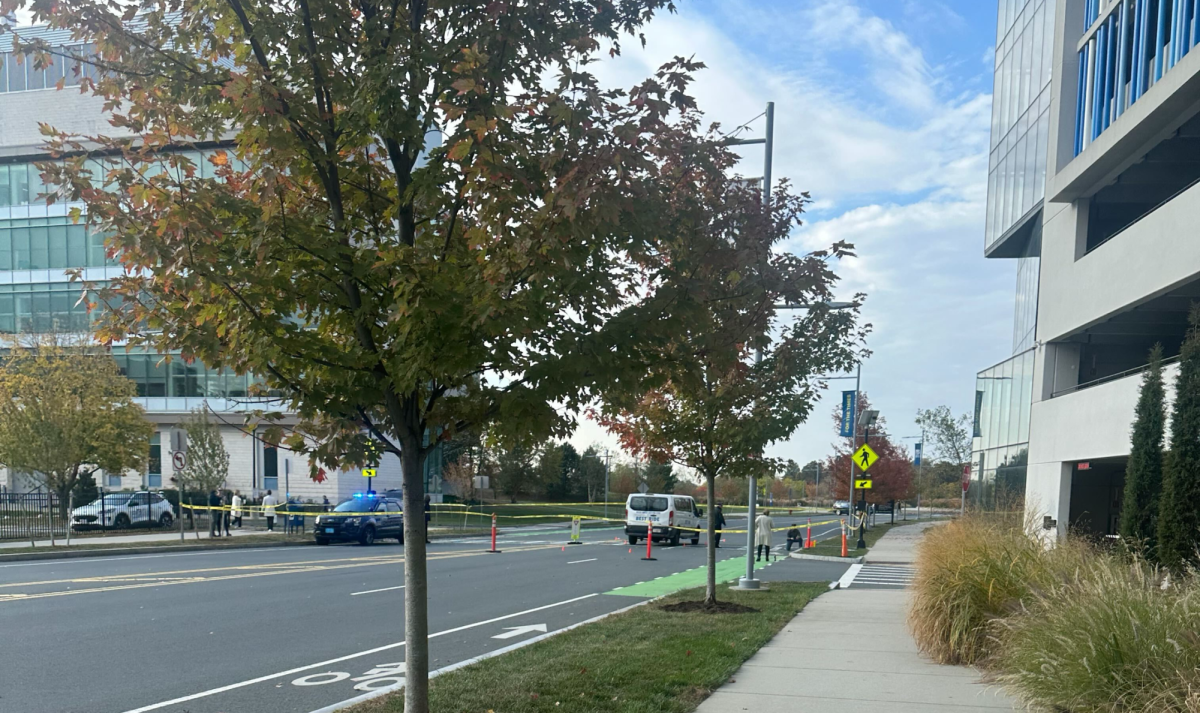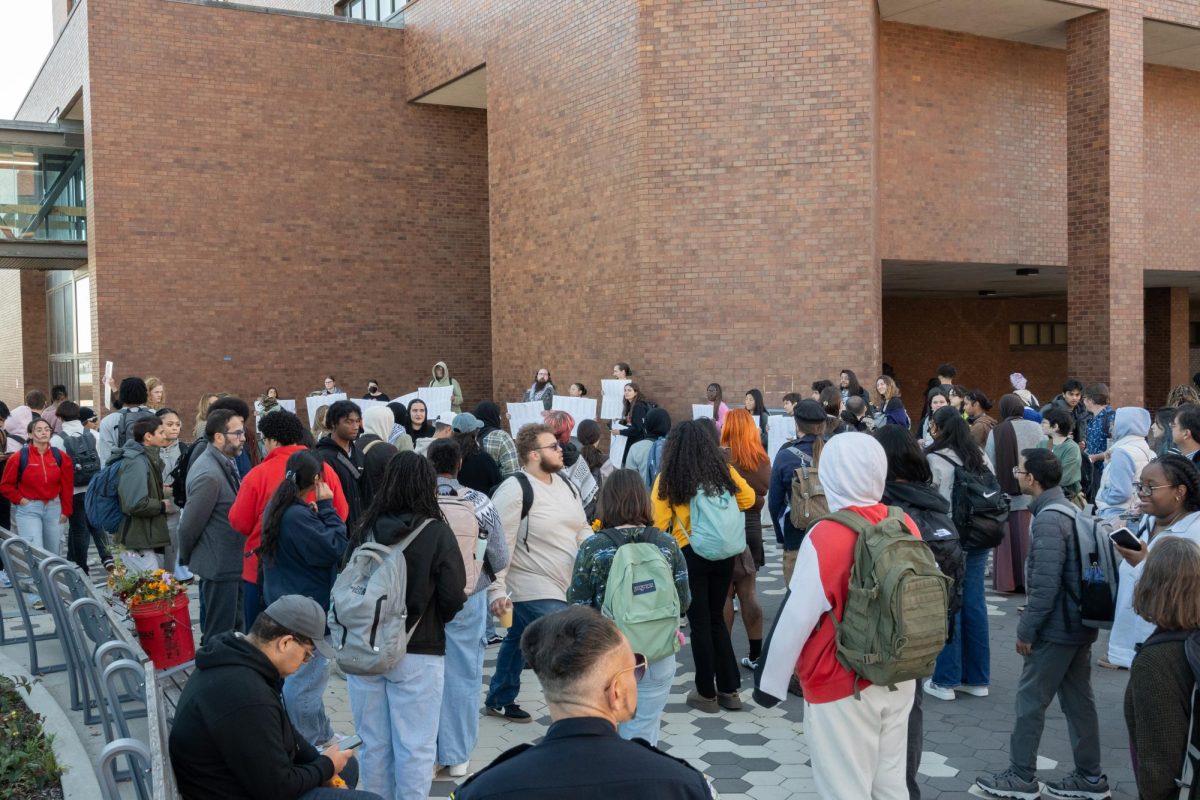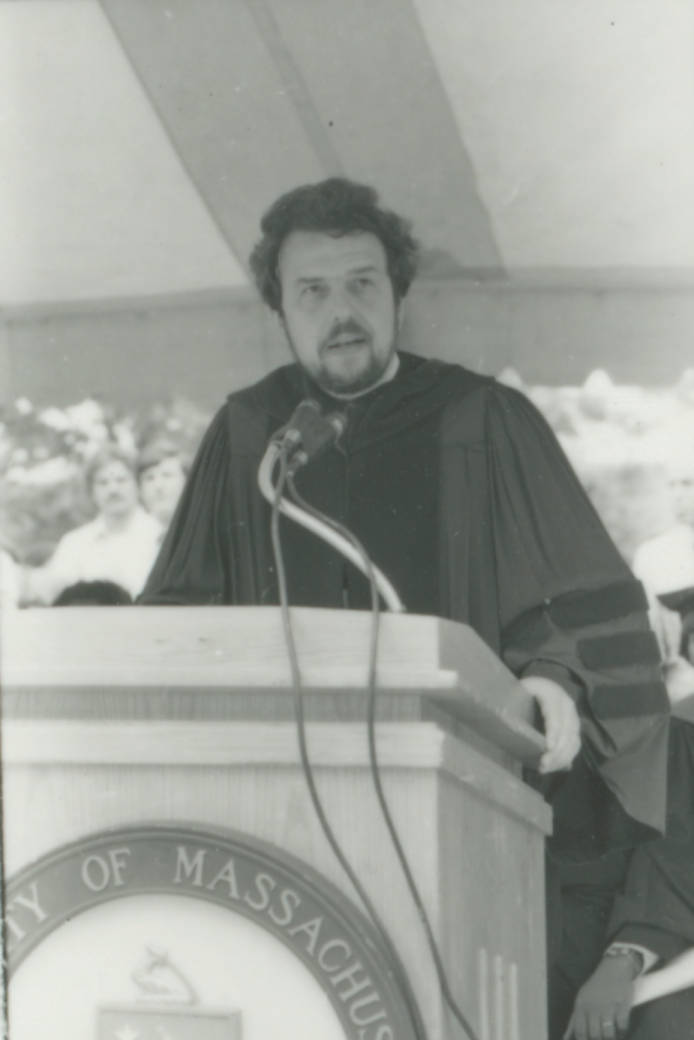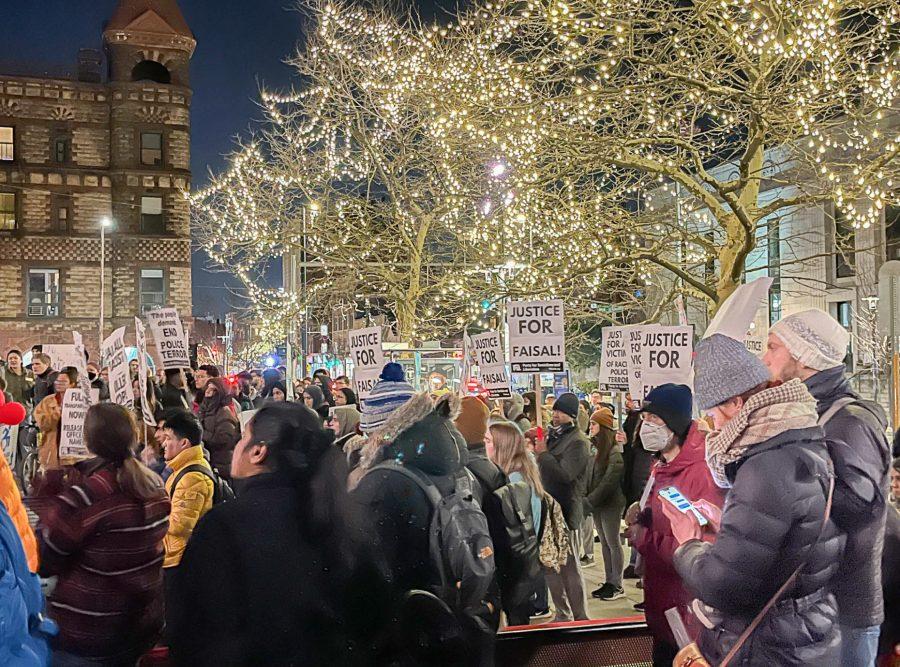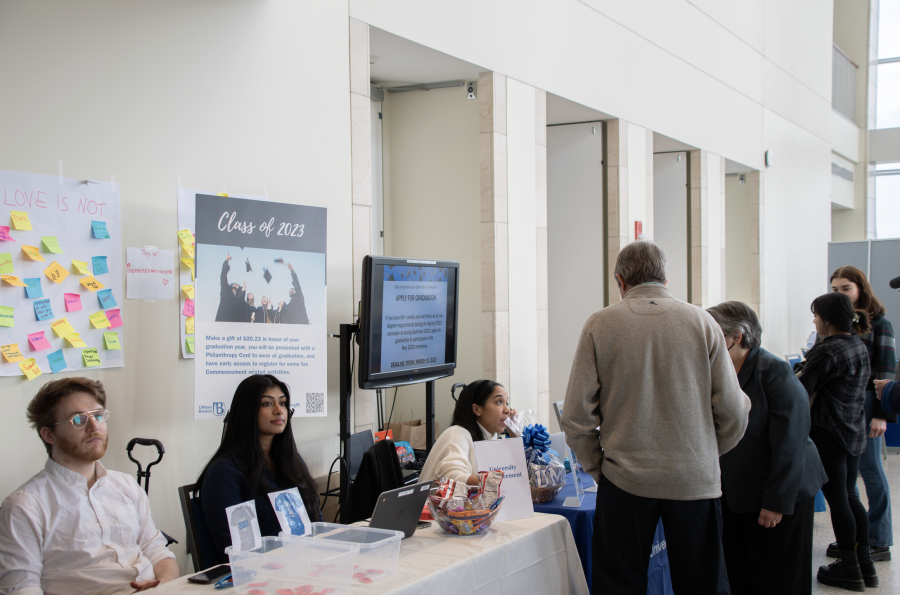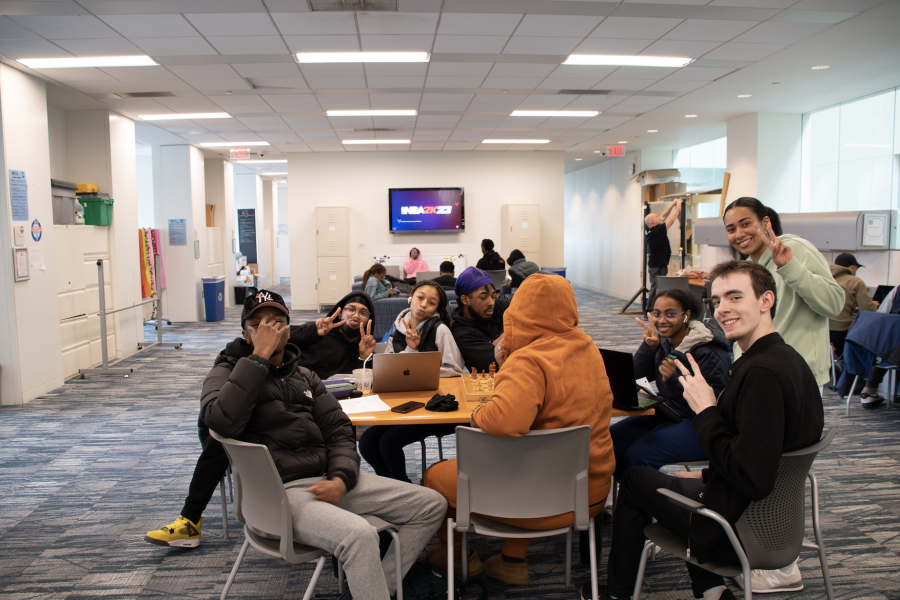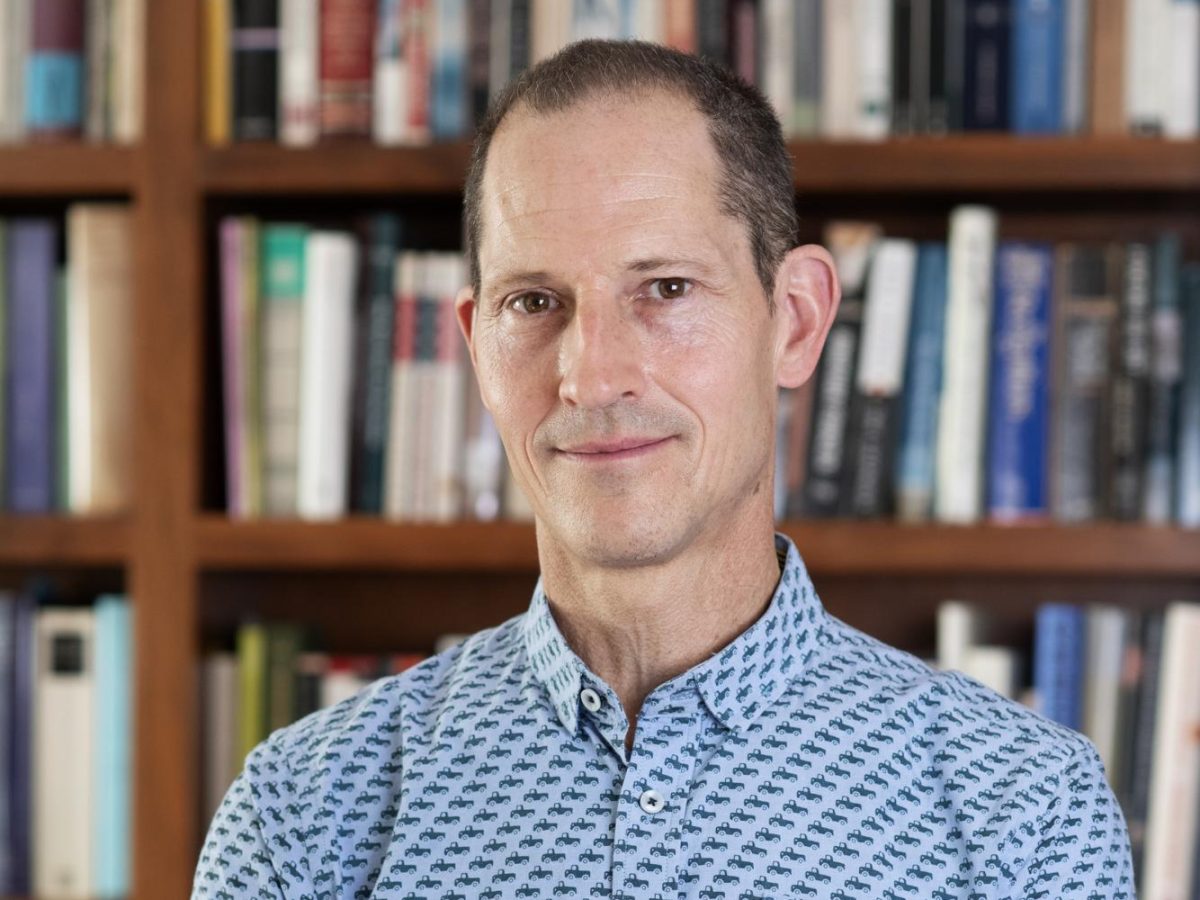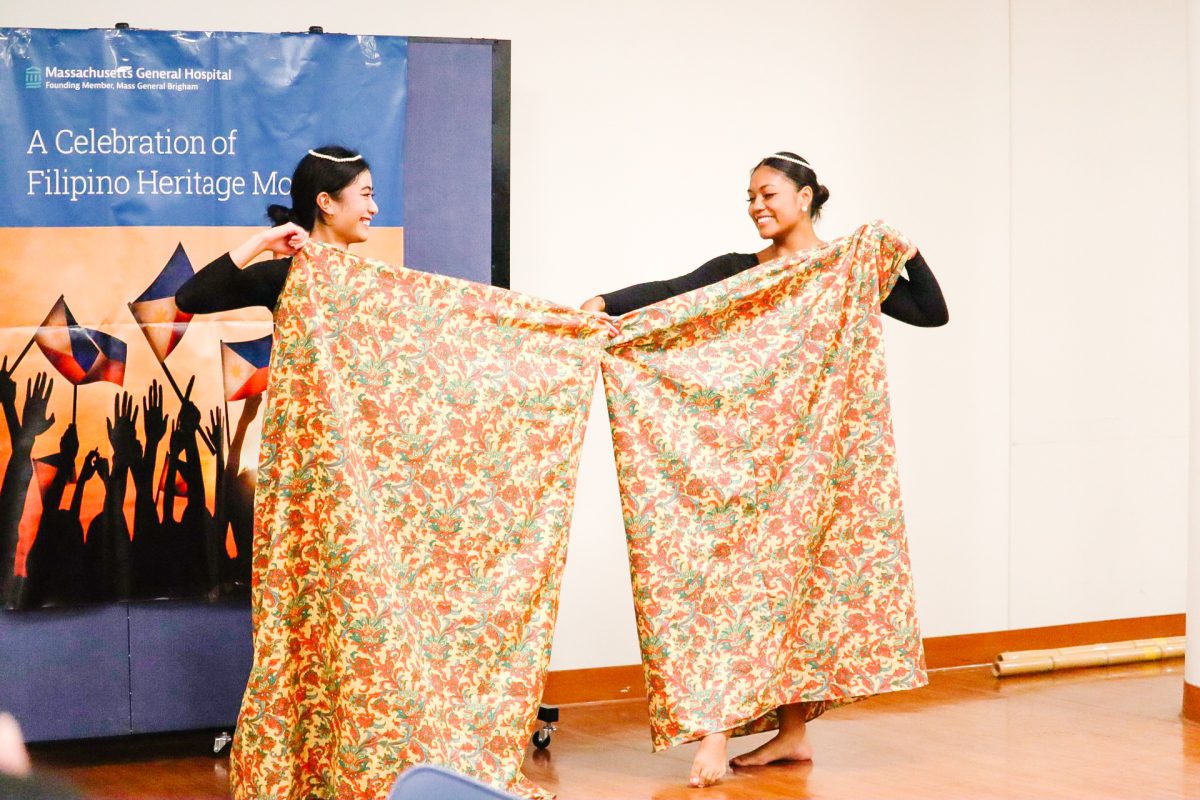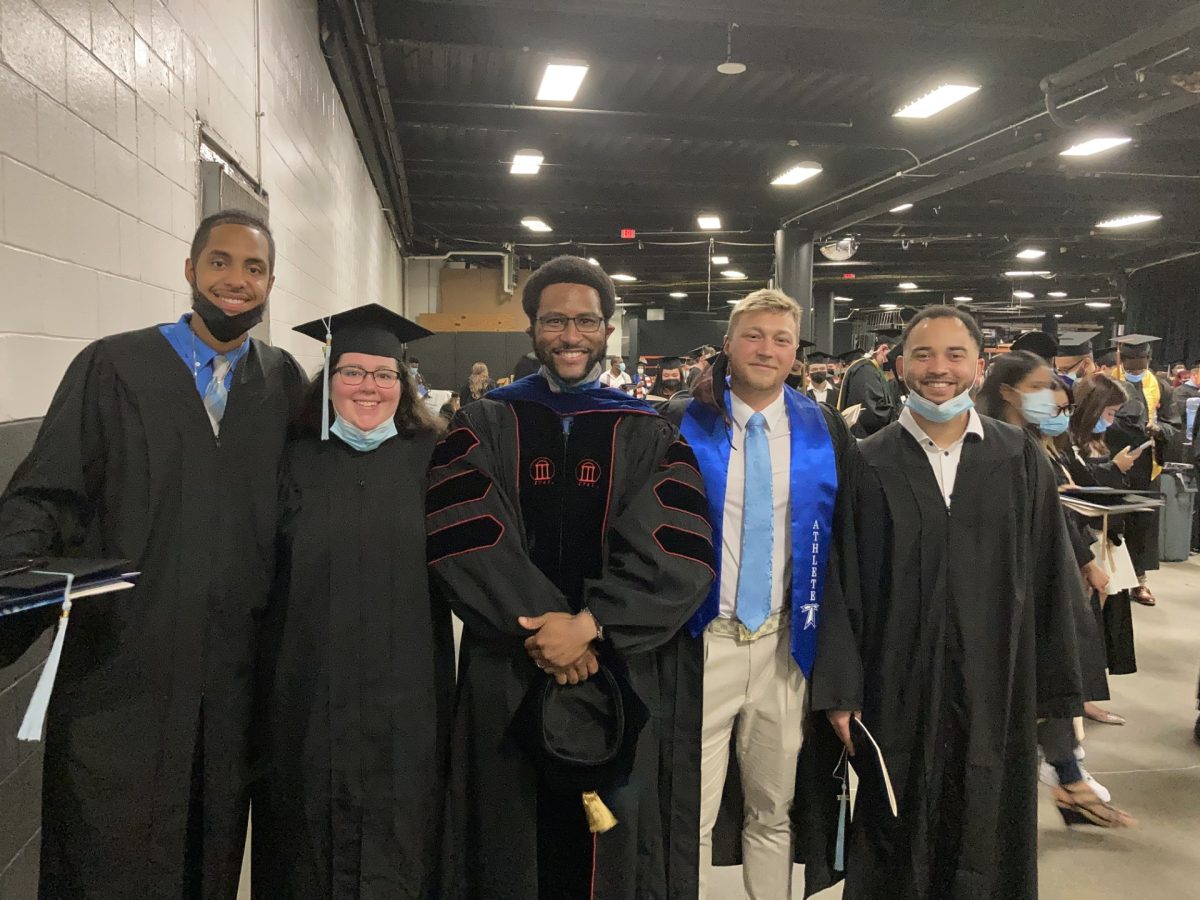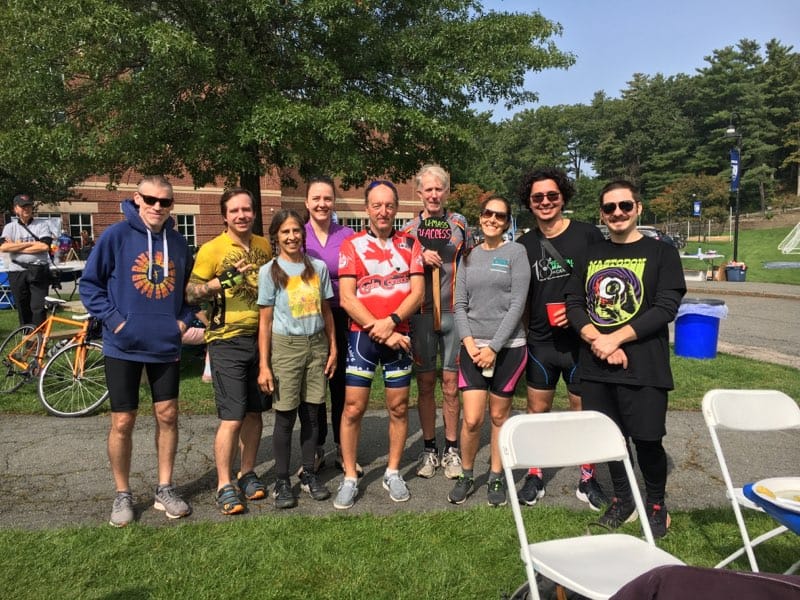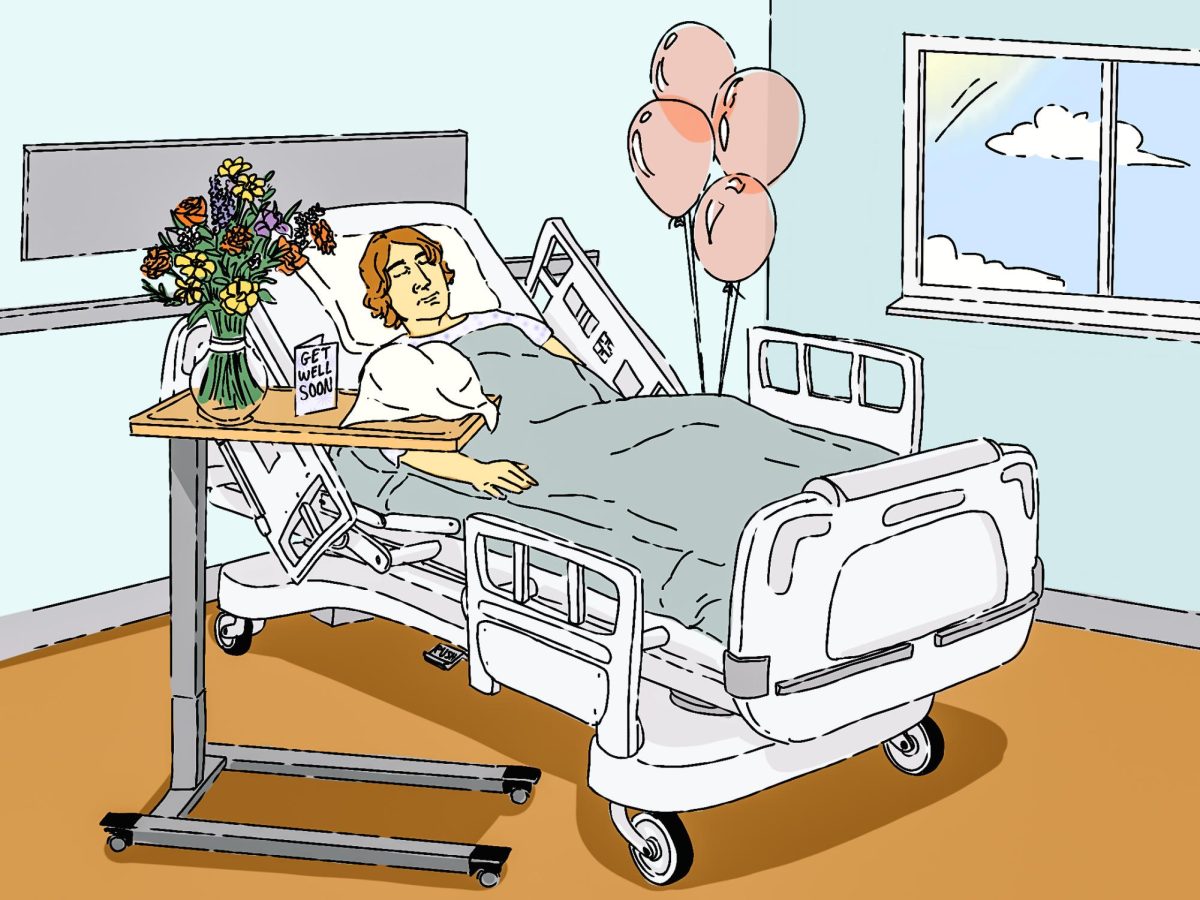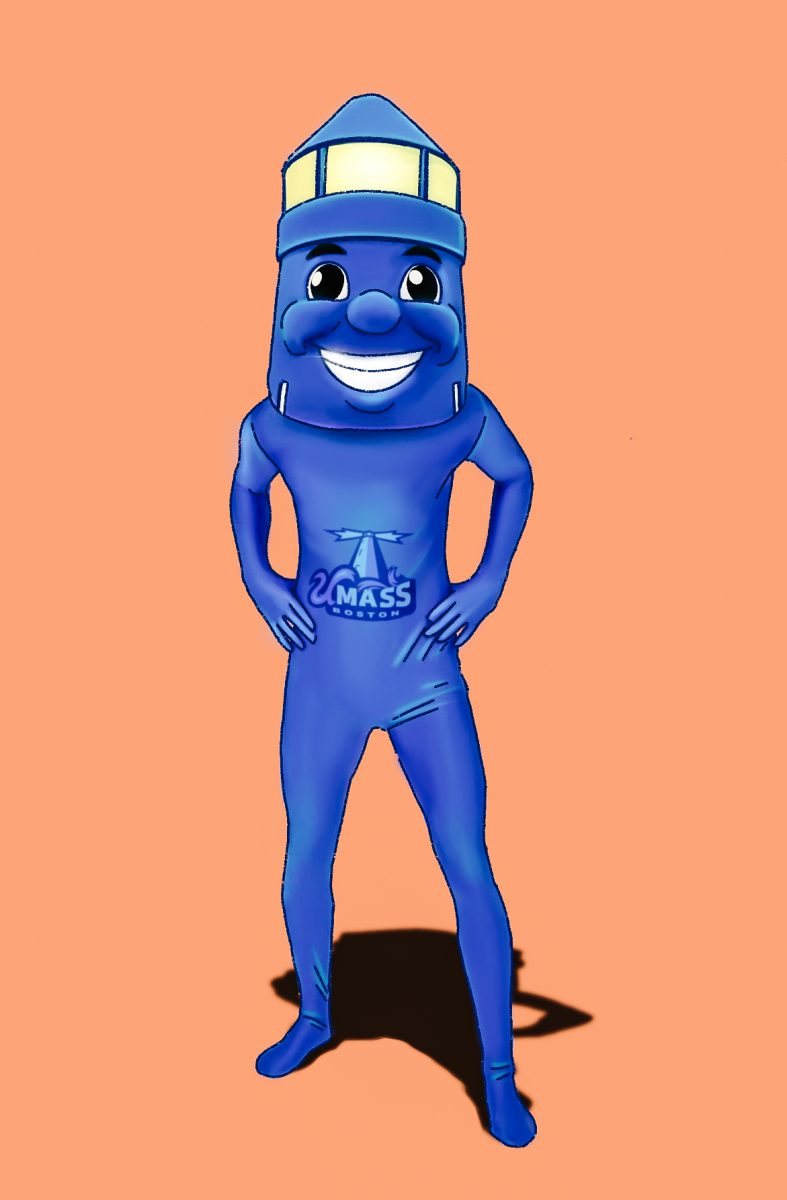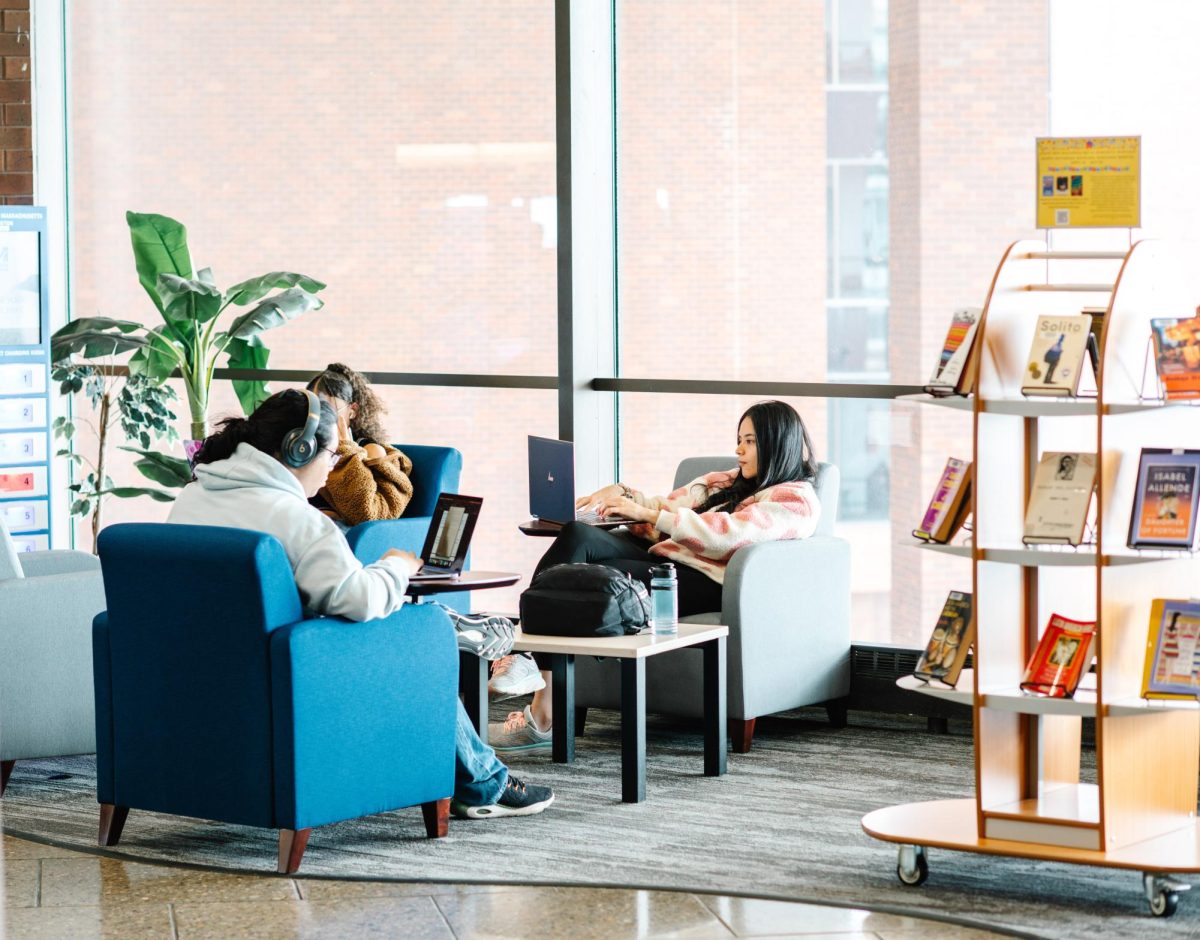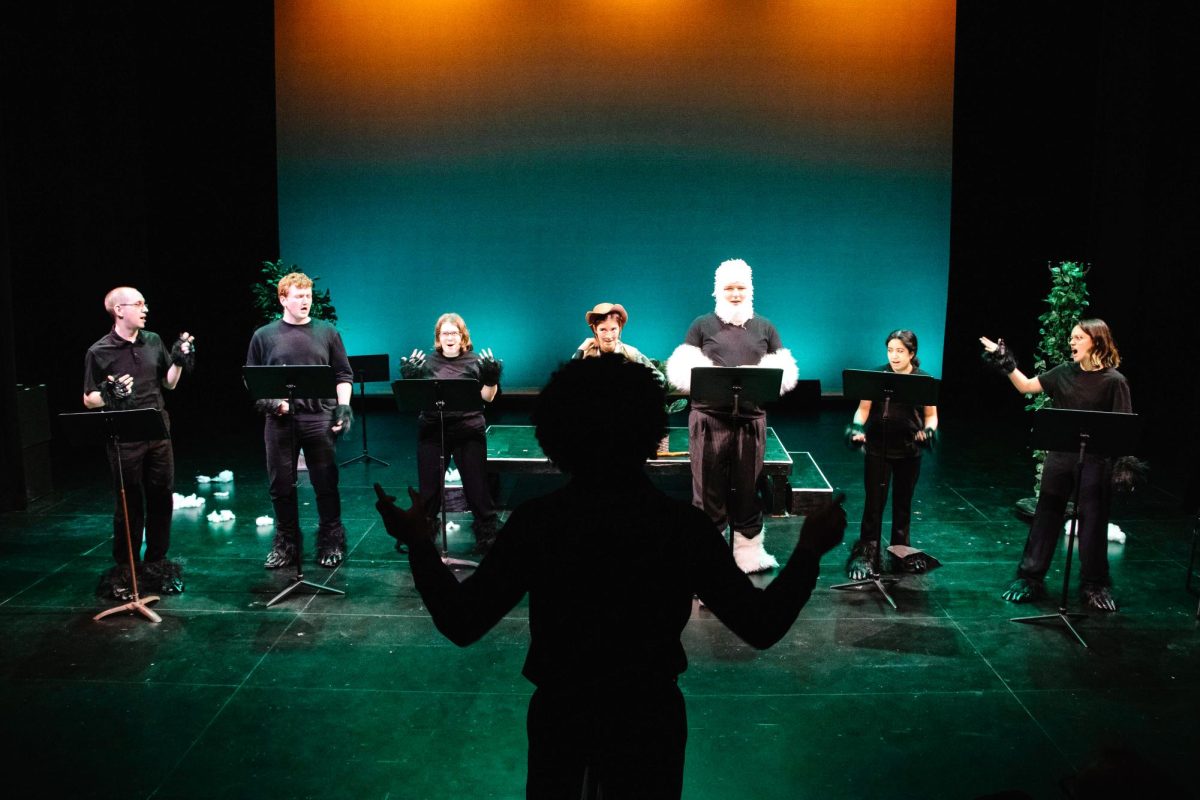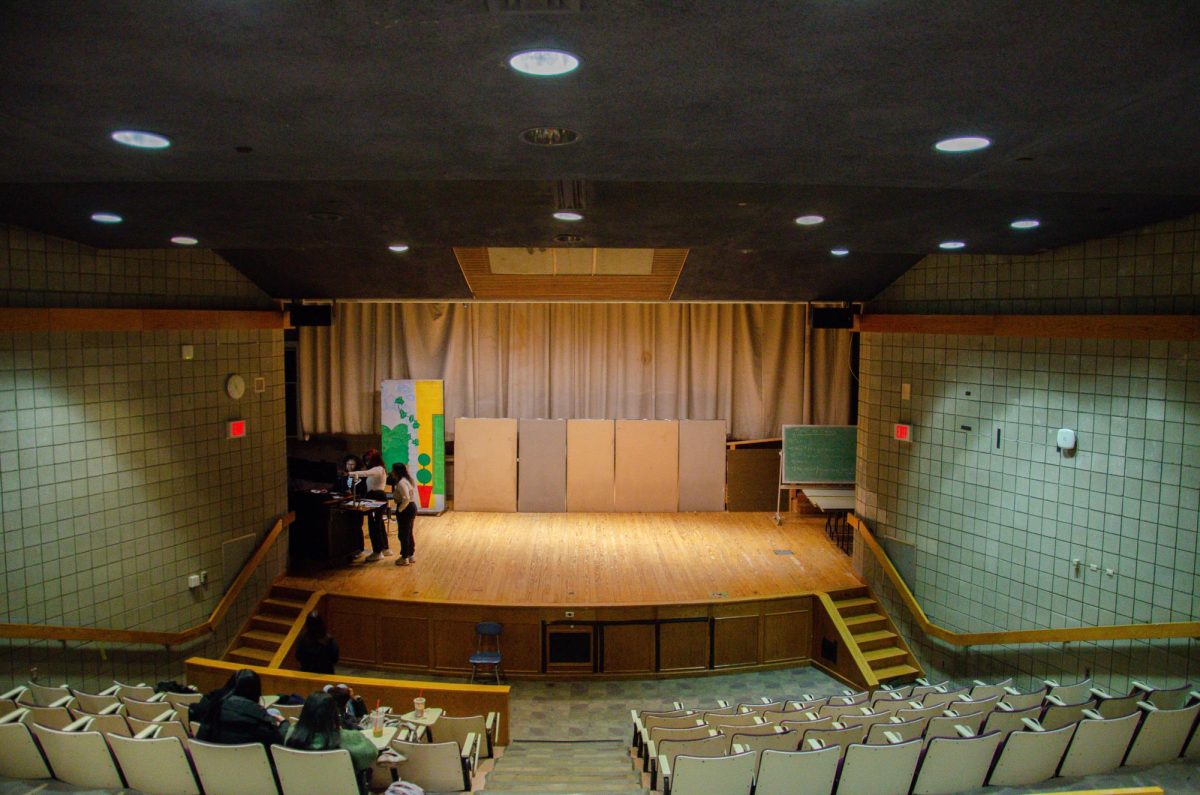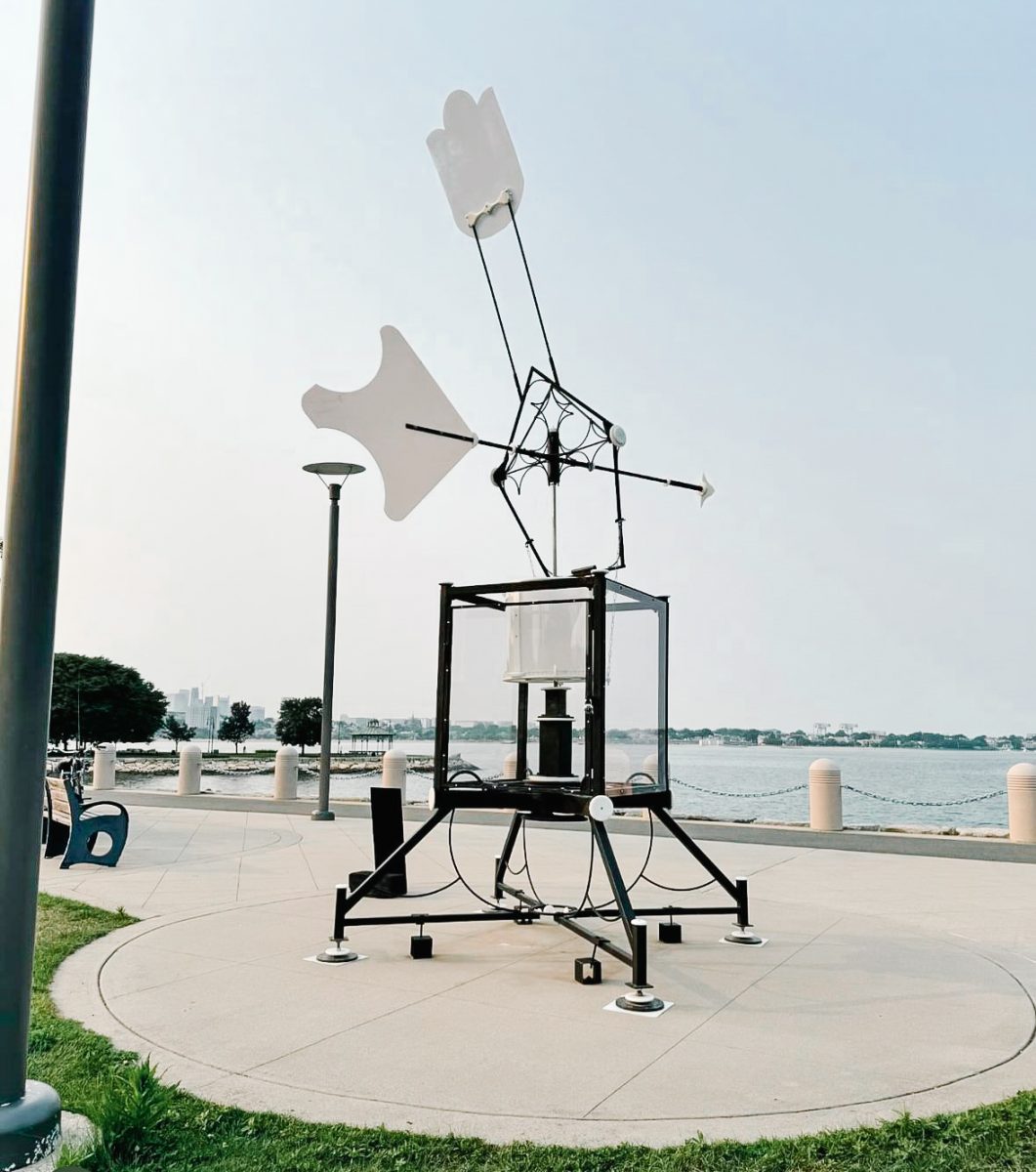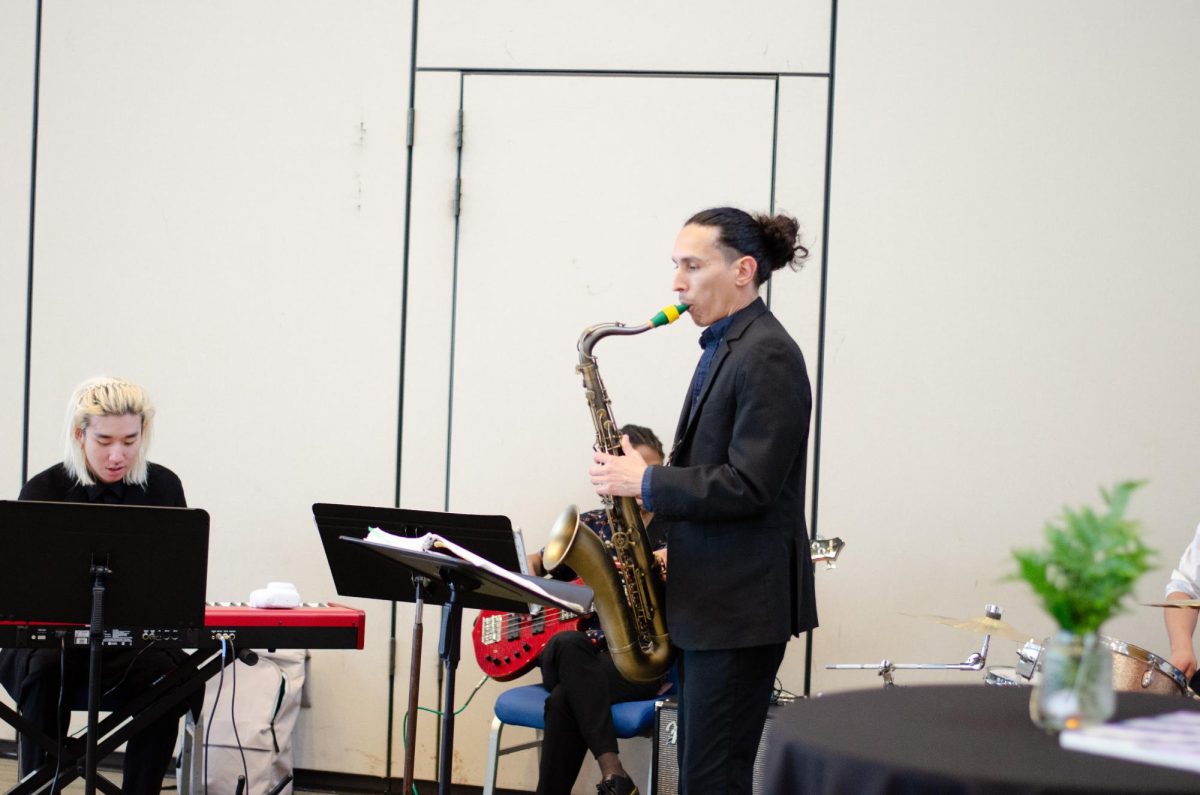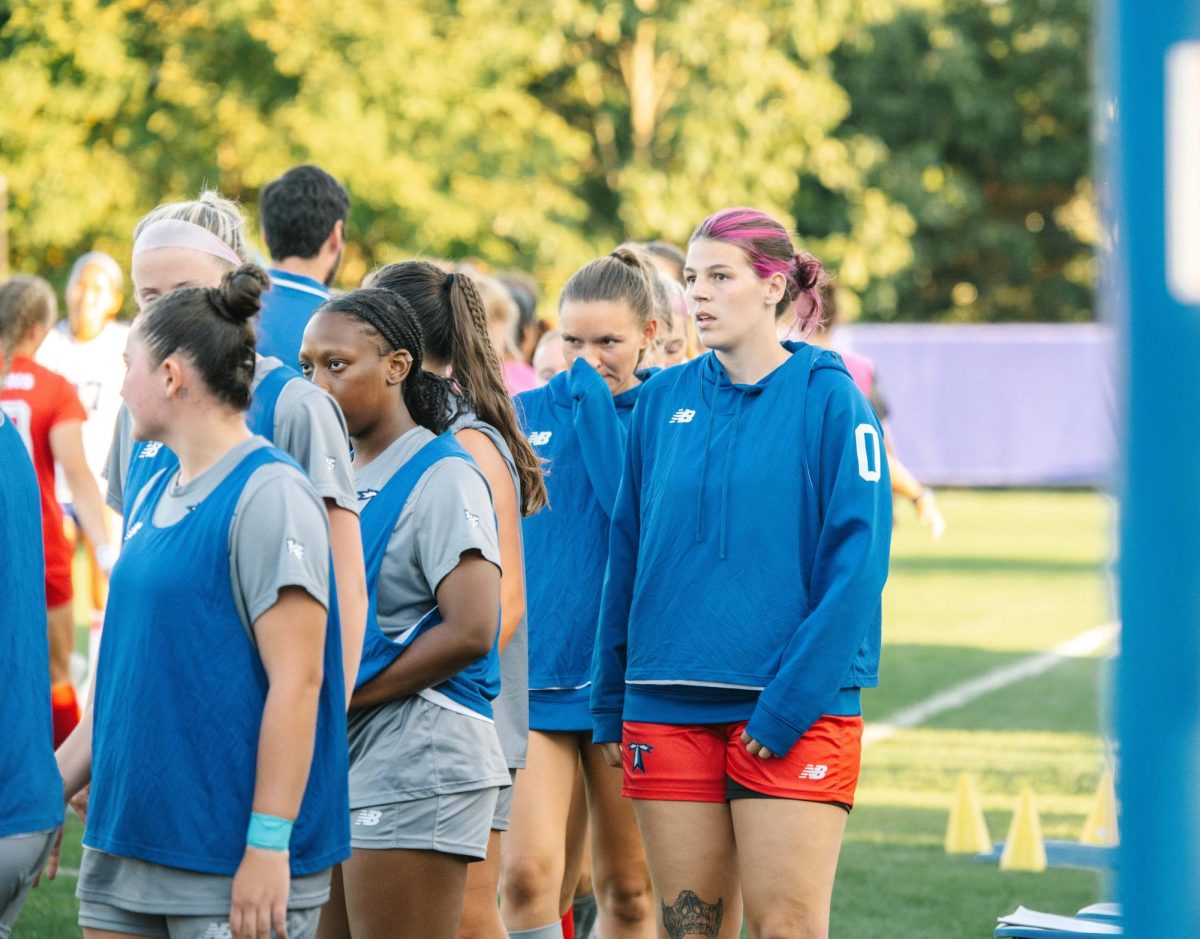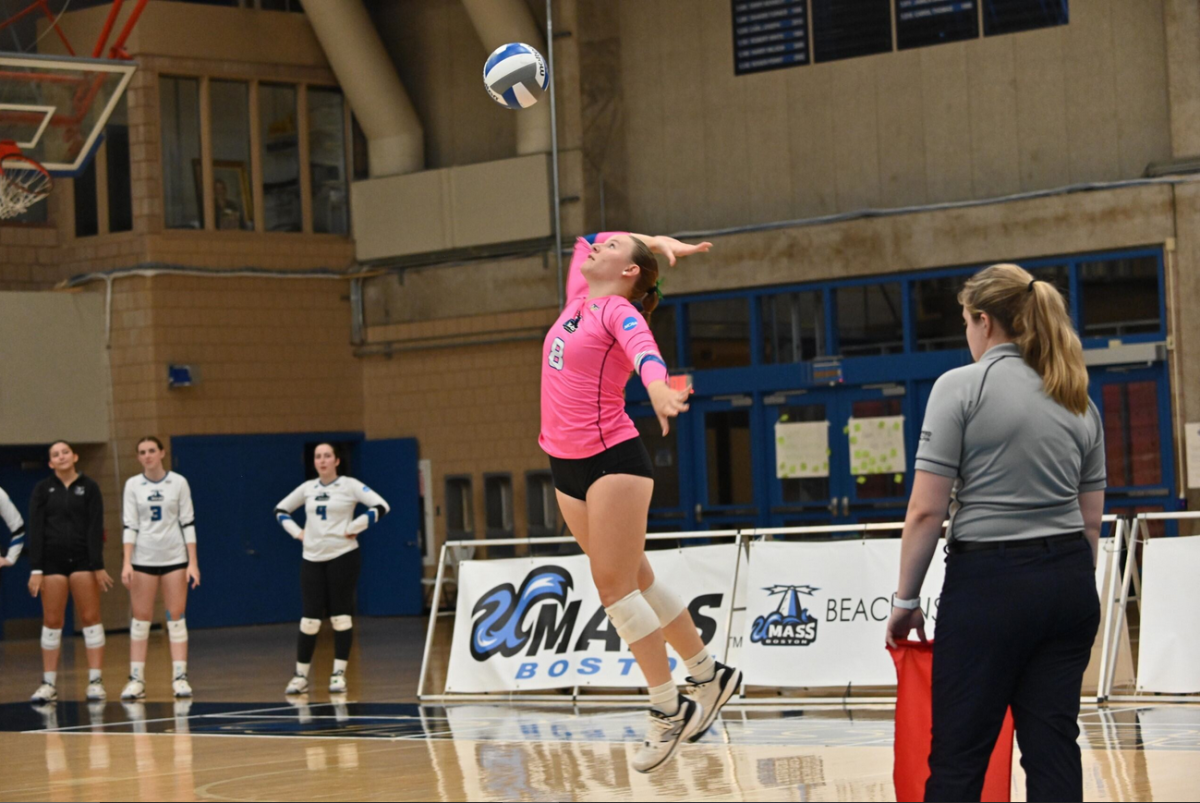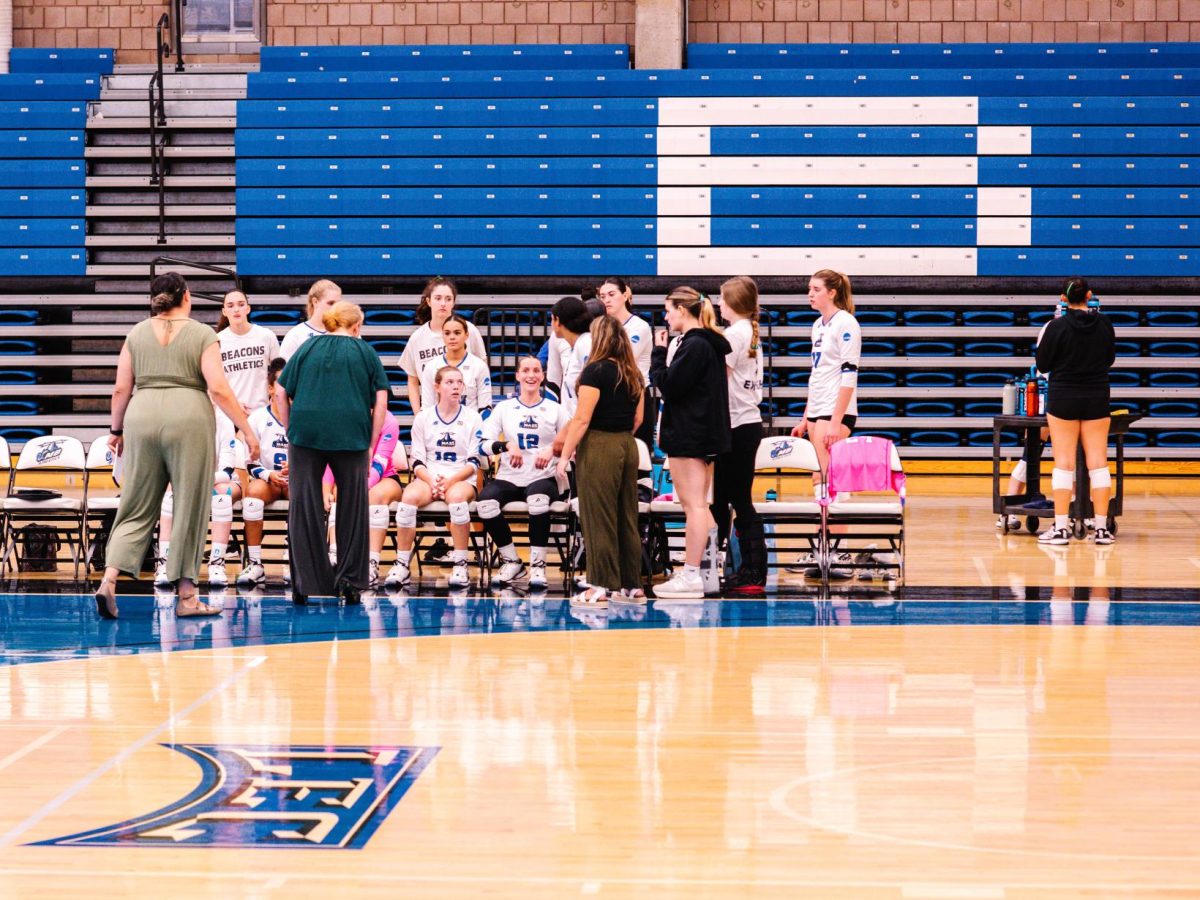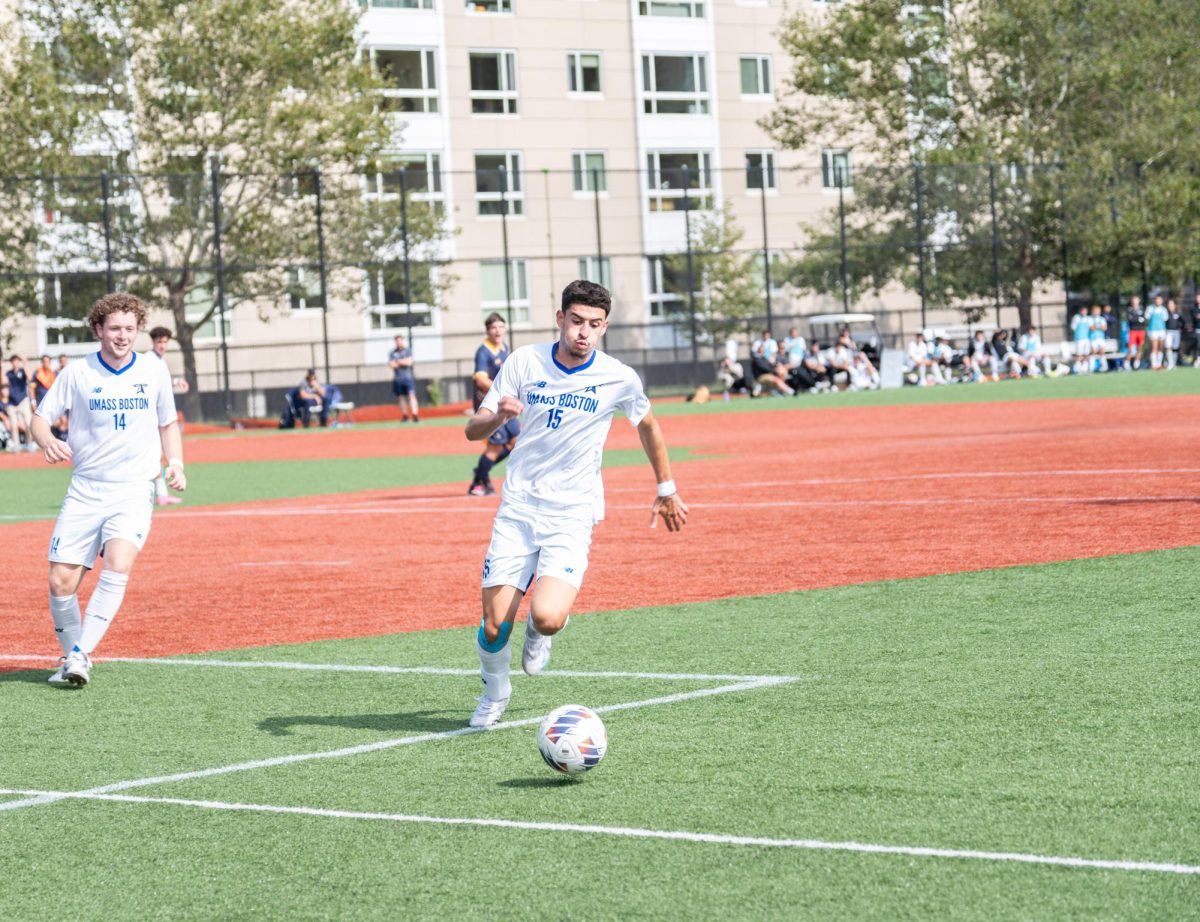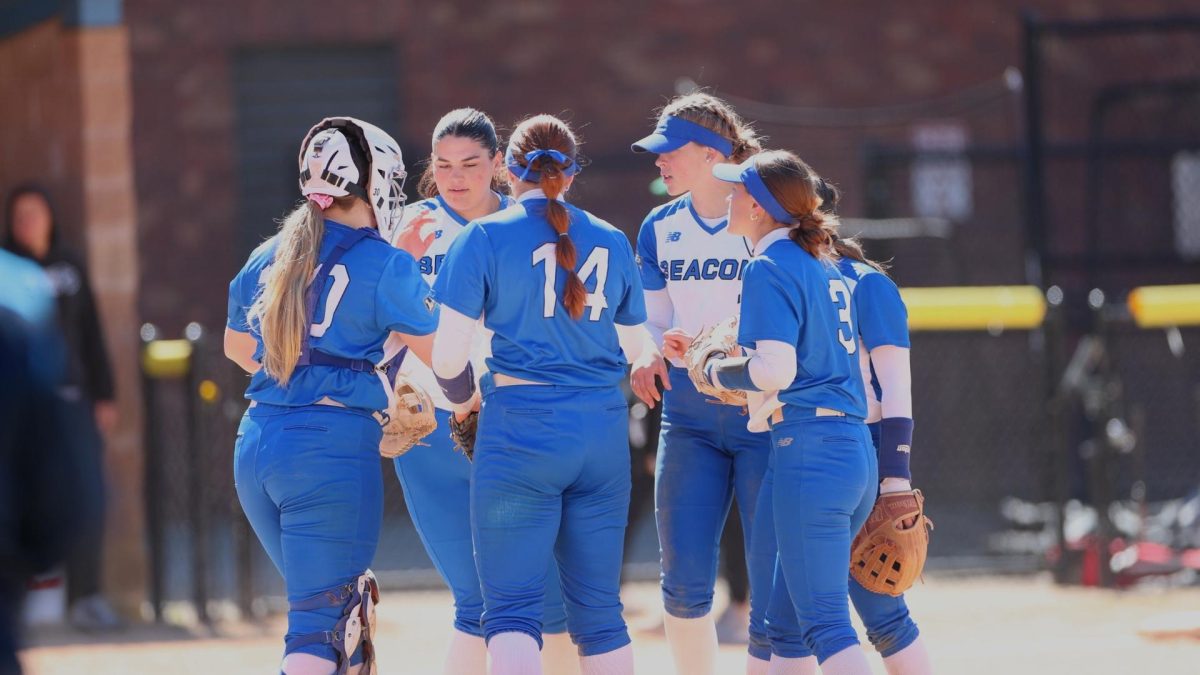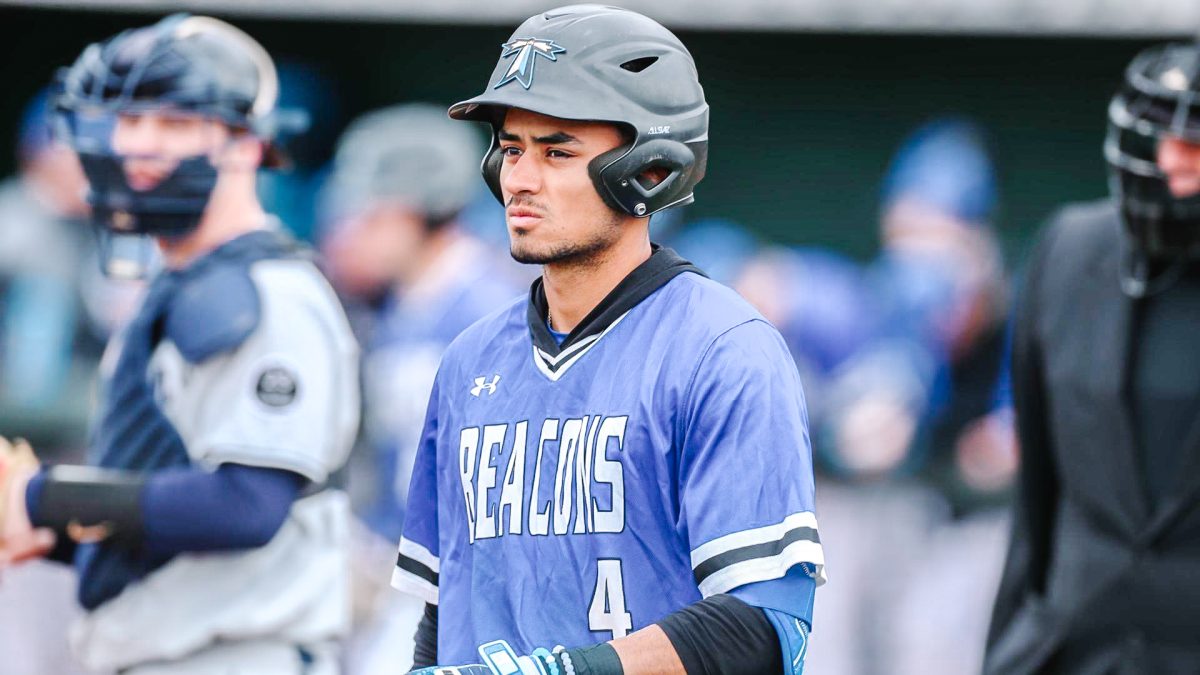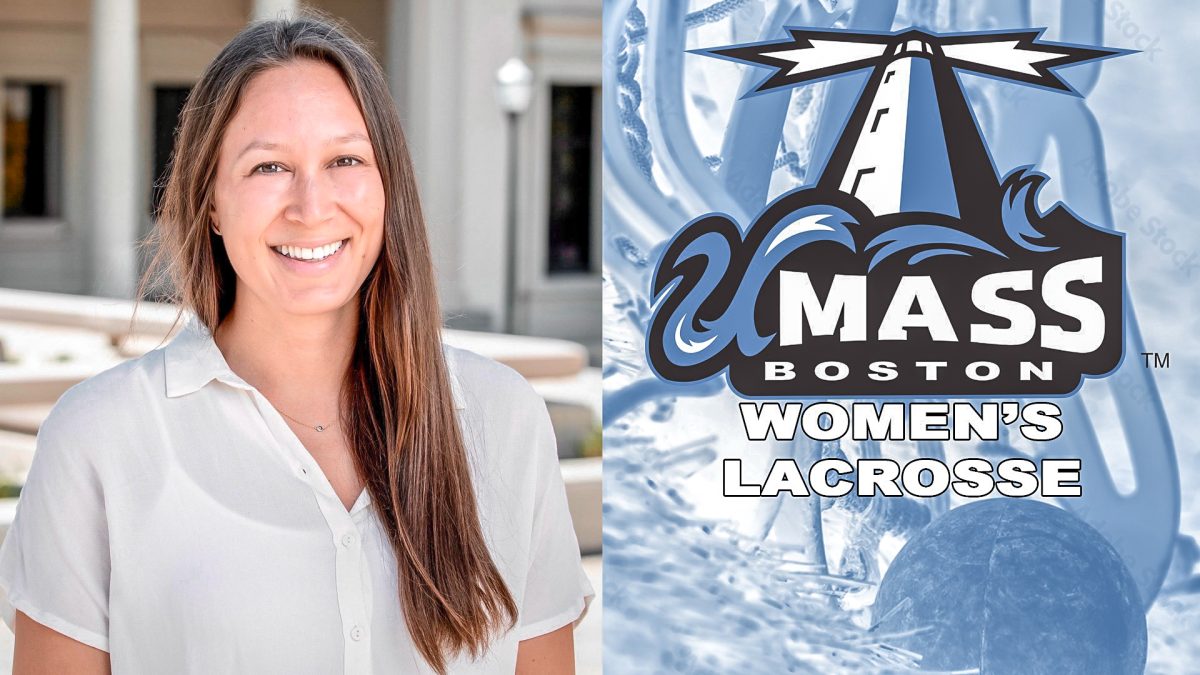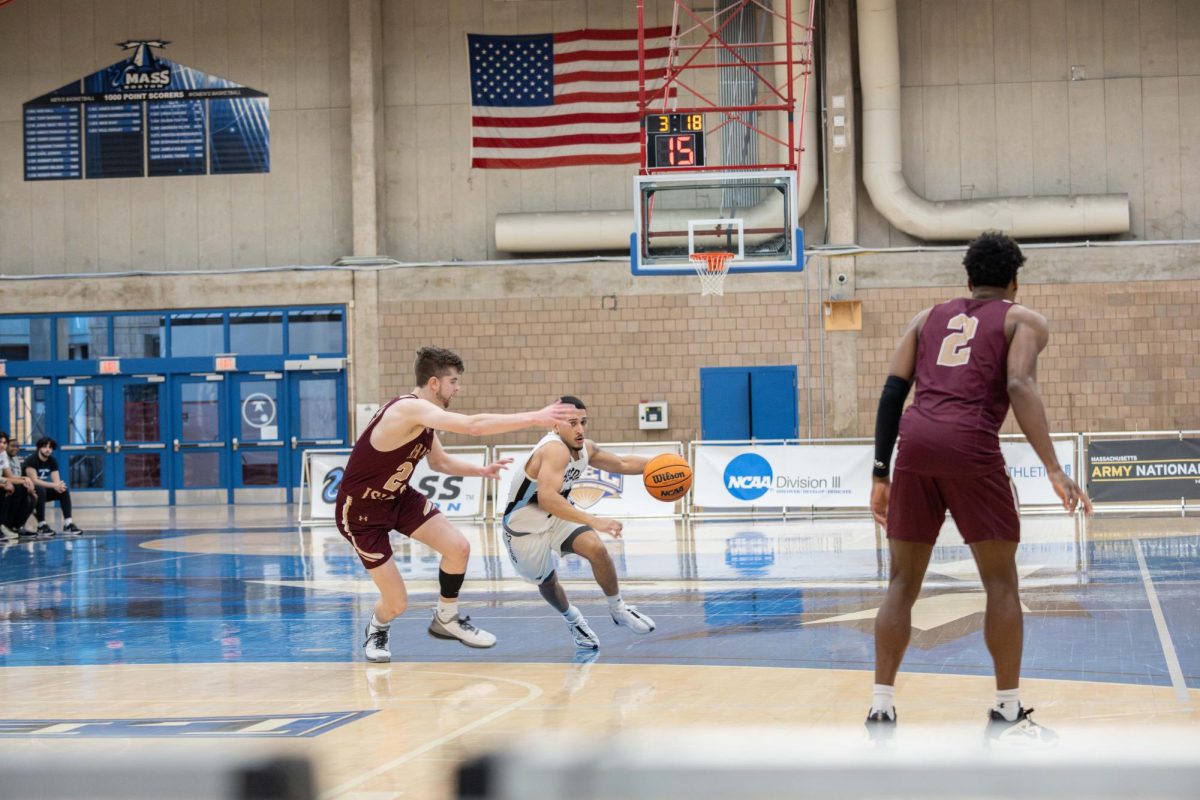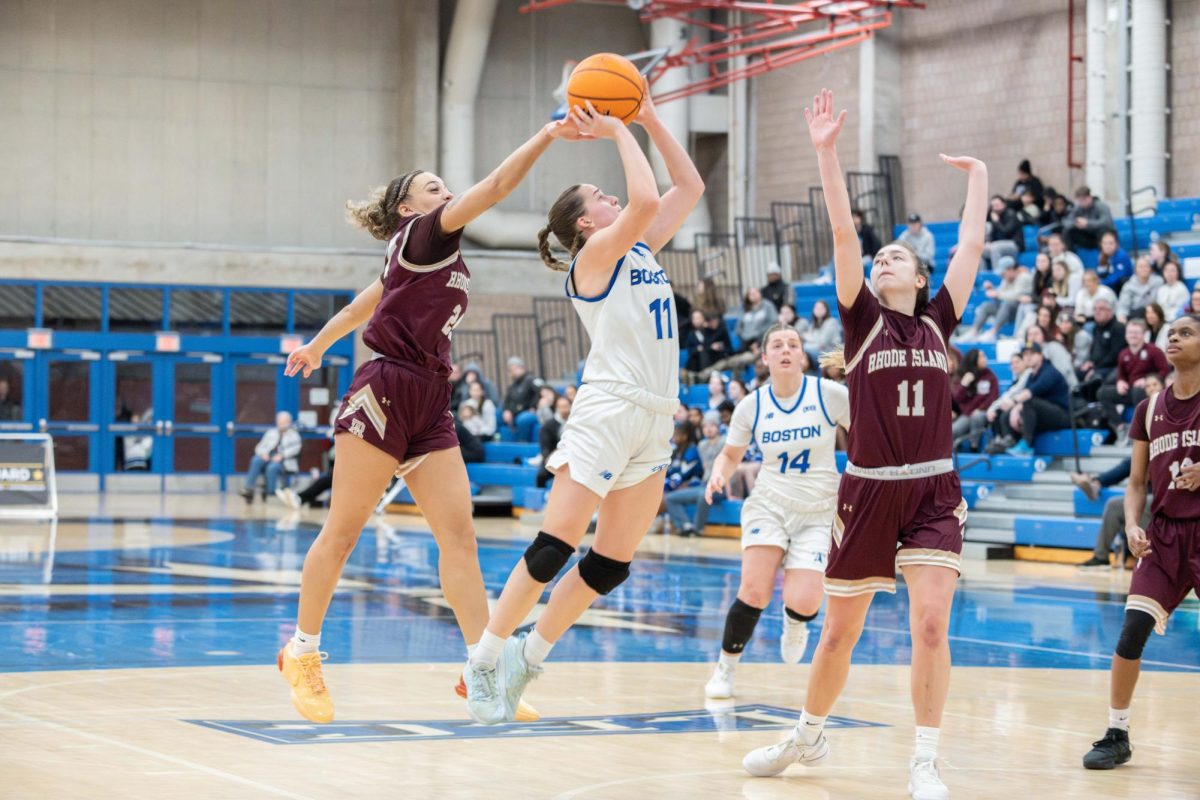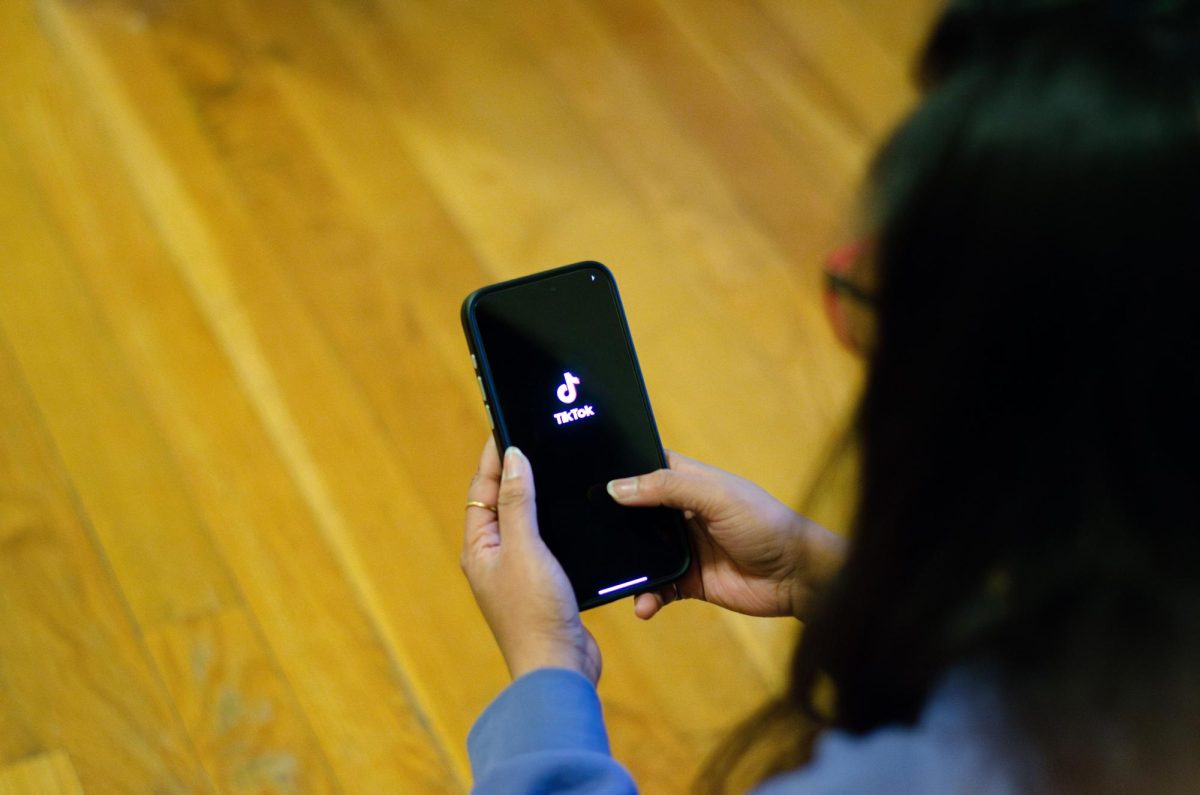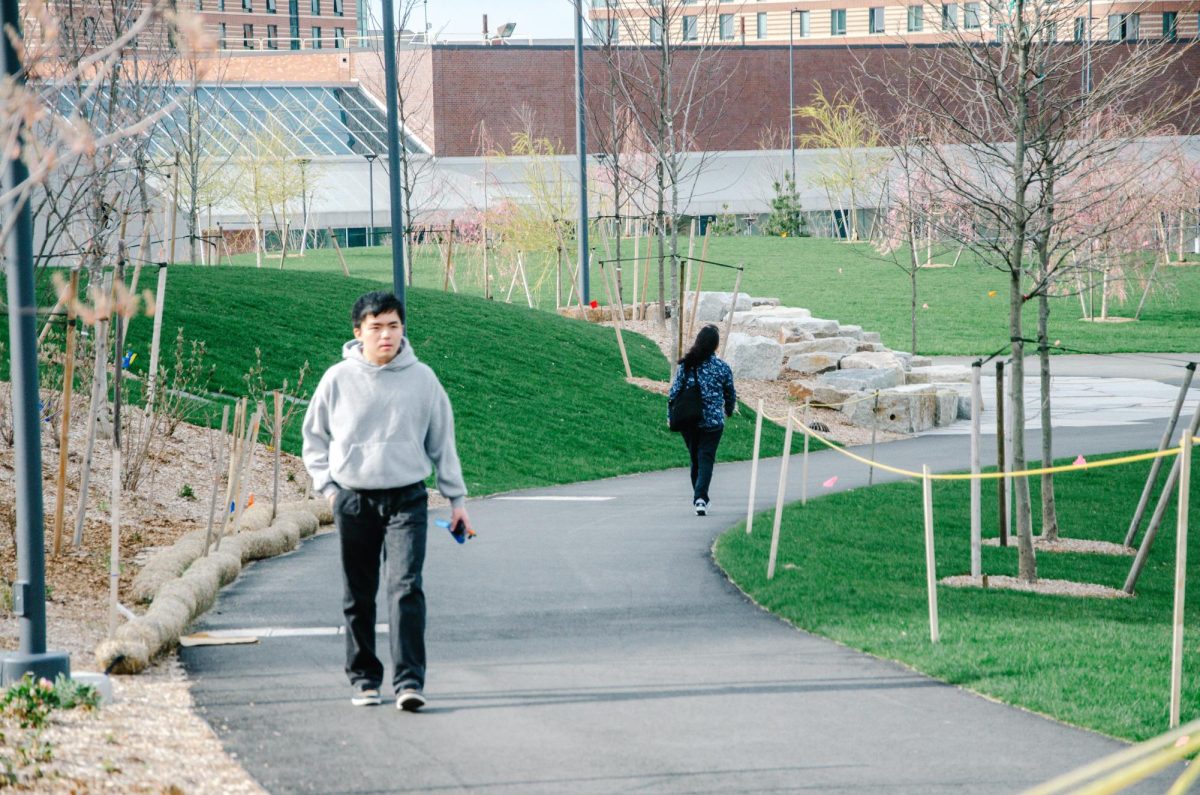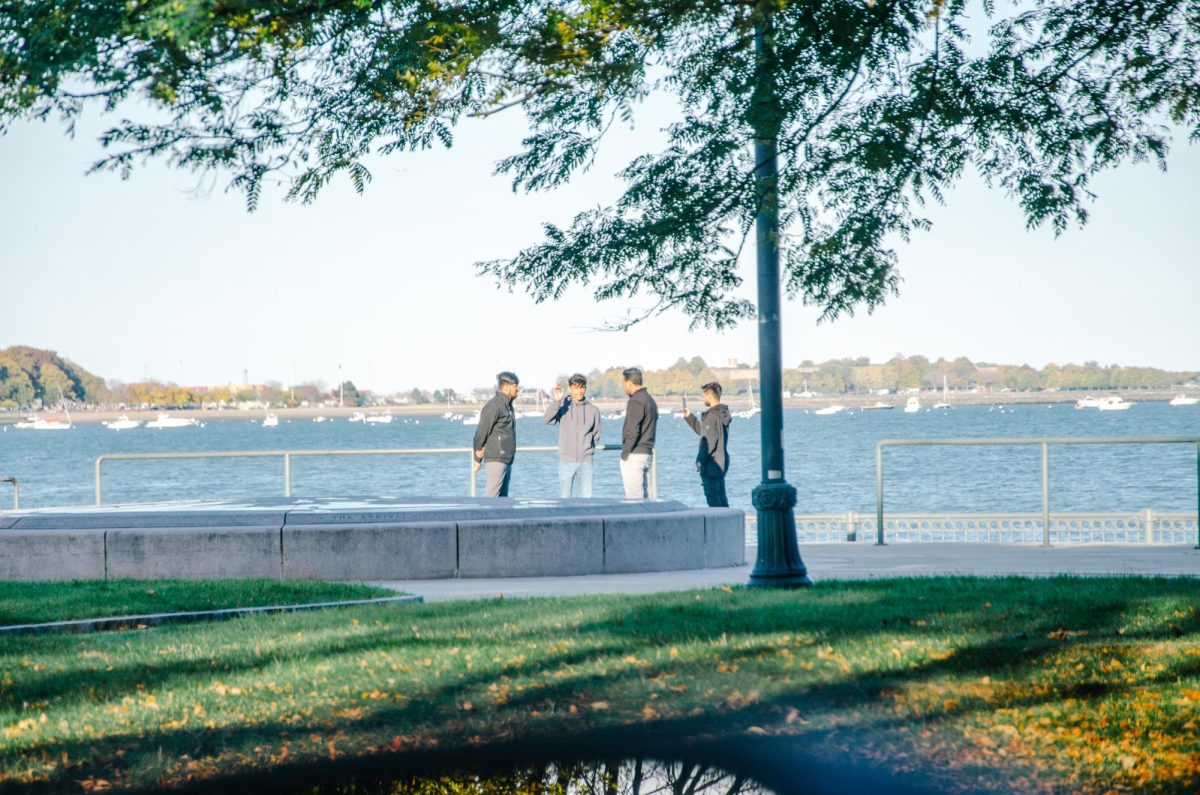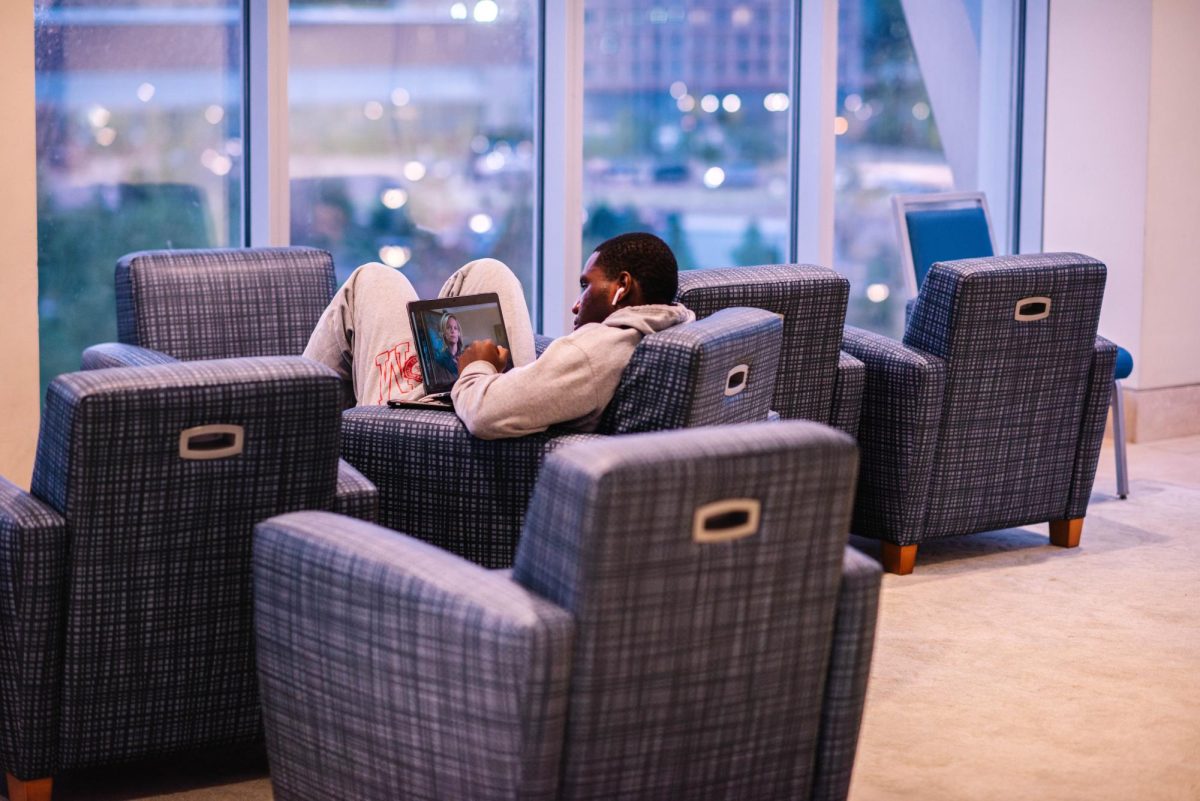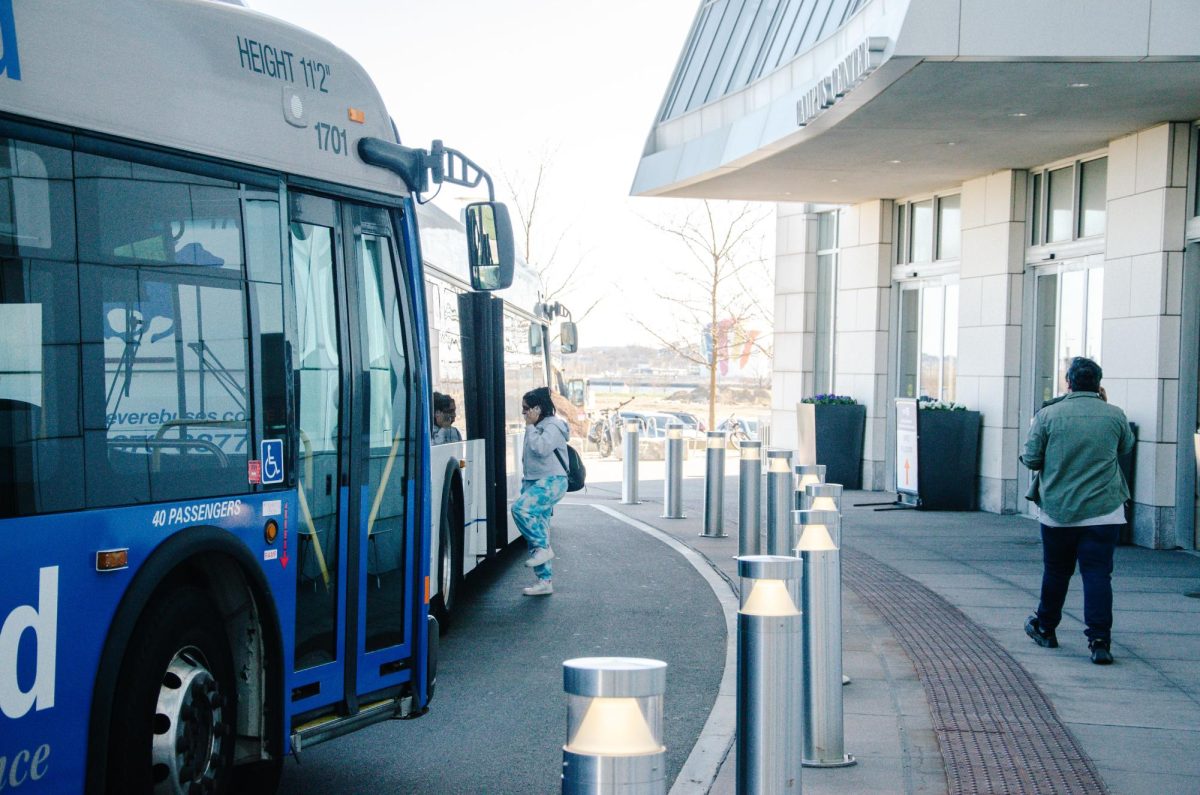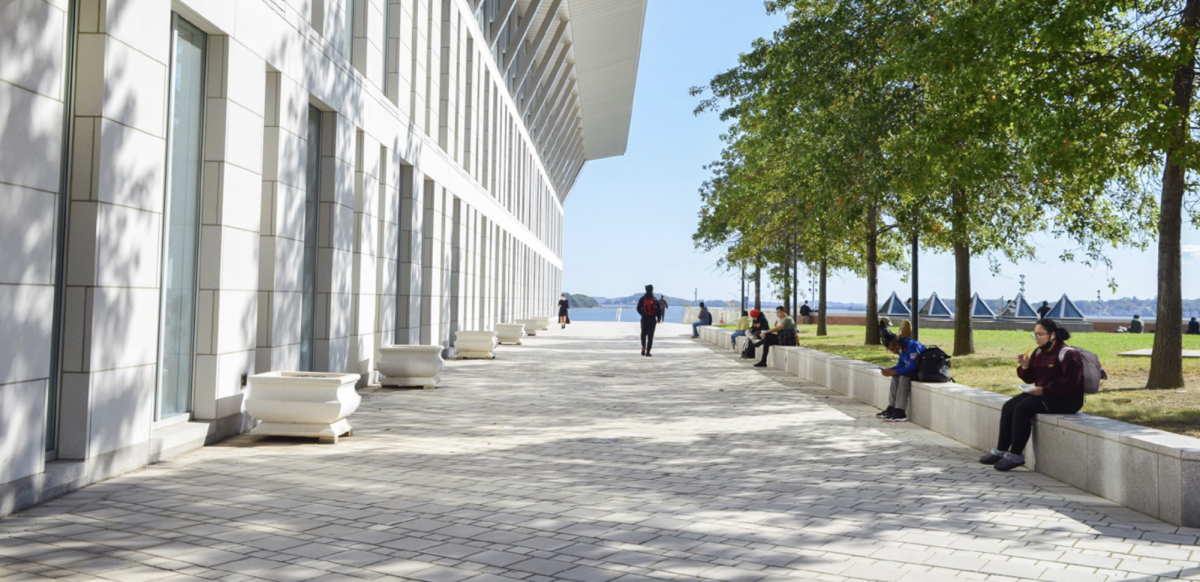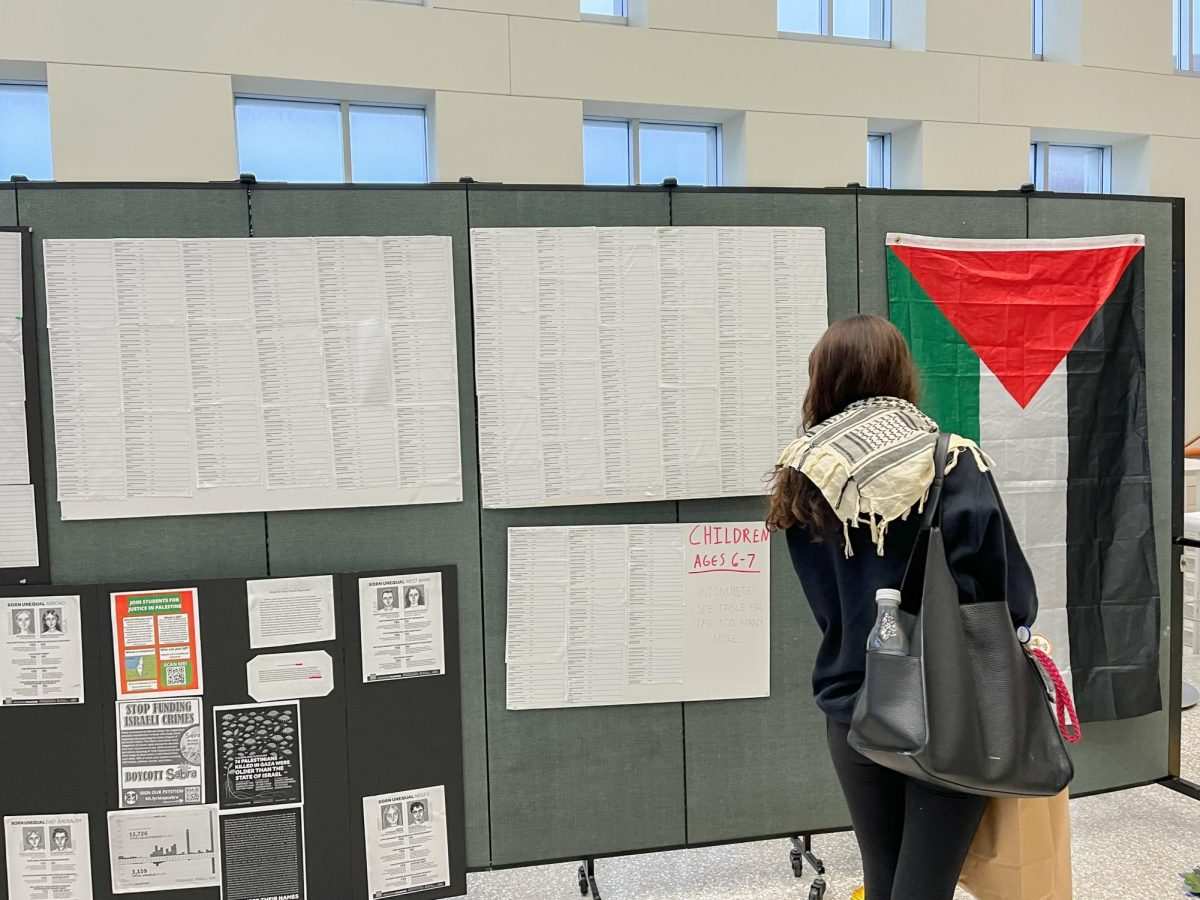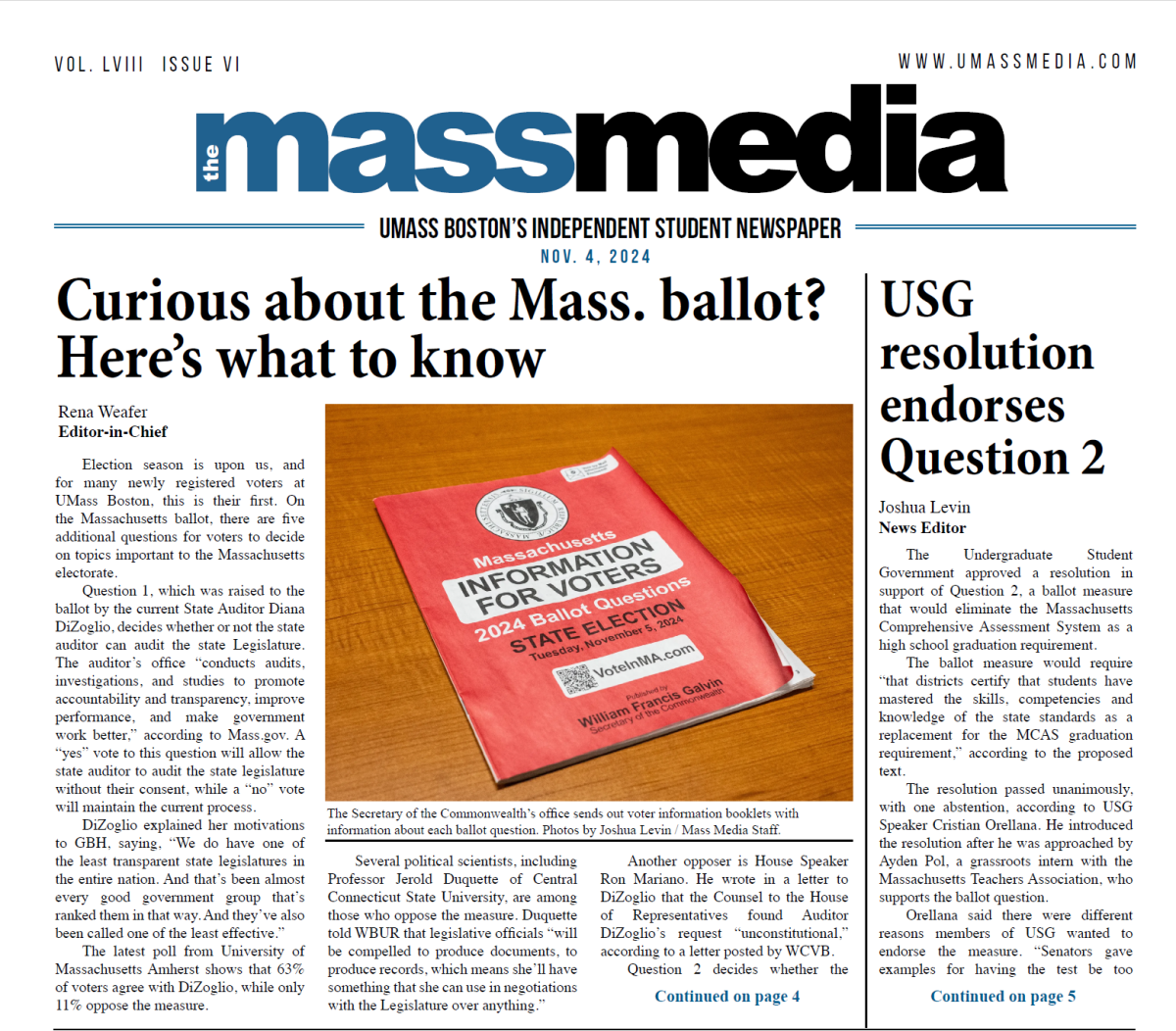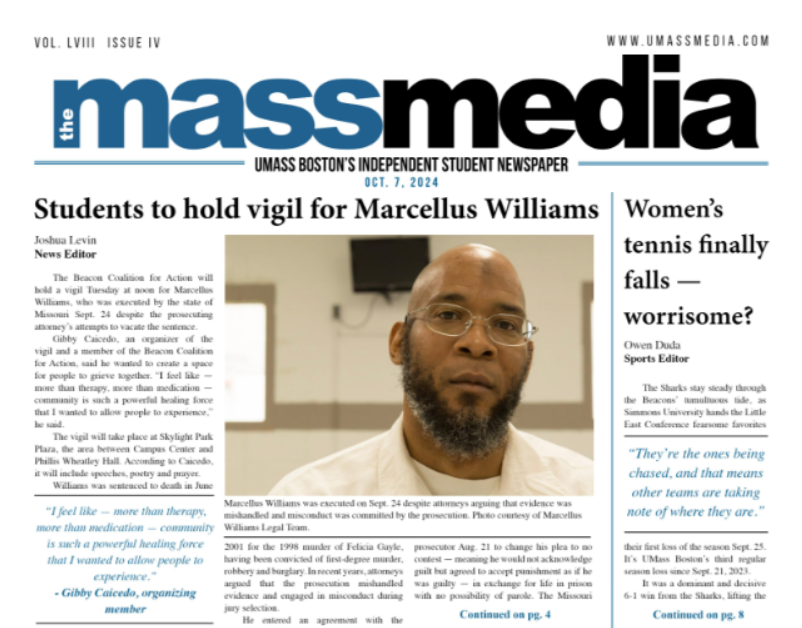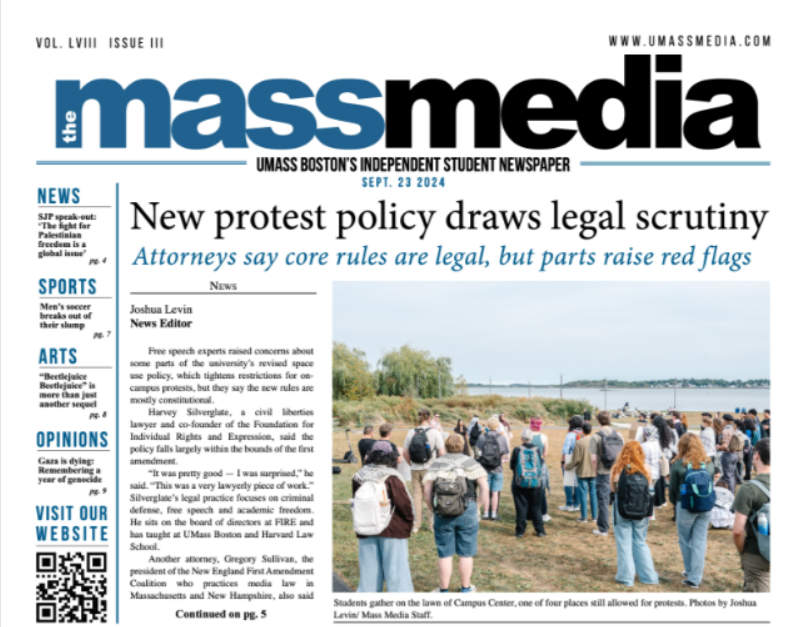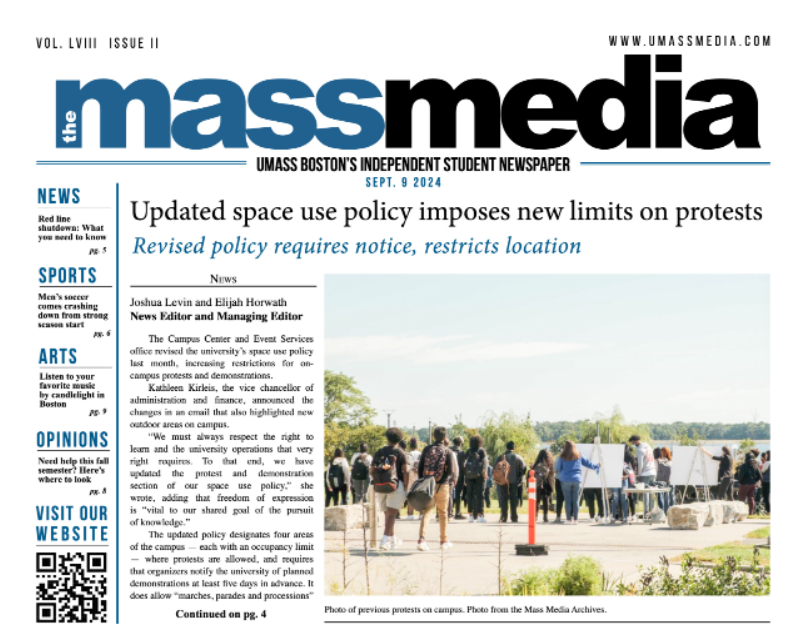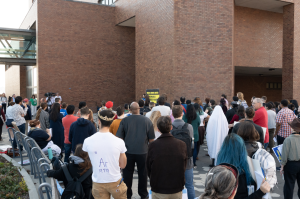Enrollment Declines Five Percent
February 13, 2004
Enrollment at UMass Boston has declined five percent since last year according to figures recently released by the Office of Institutional Research.
In the fall 2003 semester, 12,394 students enrolled, down from last year’s 12,719. This spring, headcount enrollment comes in at 10,360, based on projections from a few days ago, down from last spring’s 10,934. A final number for this spring will be released shortly.
Vice Chancellor of Enrollment Management Kathleen Teehan attributes this to two factors: raised admissions standards and fee increases. Fees were raised $1,750 last year across the UMass system to help offset budget cuts.
Teehan notes that the five percent drop in enrollment is a little less than 500 students, most of whom are “non-degree” students and part-time students picking up a class here and there.
Teehan says the university is acting to arrest the decline. “We’re recruiting in new areas around Boston and we’re re-investing a lot of resources in the Boston area.”
On-the-spot admissions will continue as well. For those who ride the T and the commuter rail, ads promoting UMass Boston can be seen next to Suffolk University’s.
Teehan predicts that in the fall enrollment will pick up due to both the new Campus Center and the new vice chancellor of Student Affairs, Dr. J. Keith Motley. Motley has been working to revitalize student life by putting together “welcome weeks” and other activities for students.
The hope is that with those things in place, UMass Boston will be more competitive with other institutions in the area.
The results will show soon, says Teehan. “I think it has been long term. I think raising the admission standards and being in the middle of a construction project, and with the tuition going up, we’ve seen sort of a J-curve, I guess, in enrollment, and we’ve taken a little bit of a dip. But now that those things are coming into place…the word is definitely out about what it takes to be admitted to UMass Boston.”
Others in the university community are also showing concern and cautious optimism for the year ahead. “We’re somewhere between 500 to 600 students short or less than spring 2003. And spring 2003 wasn’t outstanding, either,” said Steven Schwartz, chair of the psychology department and faculty representative to the UMass Board of Trustees. “One worries on a number of grounds.”
Financially, the university system recently suffered one of its biggest cuts in state appropriations, which sent fees rocketing up by $1,750. While things might be looking better for next year, the university system and UMass Boston still have to make it through the remaining months of the current one. Most of the students lost are in the undergraduate level; graduate and matriculated students are slightly up.
“Roughly, one can calculate a loss of about a little under $2,000 dollars for each student that we had counted on, who is not here this spring,” Schwartz says. “For 500 students, that’s nearly a million dollar loss for this fiscal year that has to be made up one way or another-either by cutting costs or dipping into a rapidly diminishing reserve that the university has.”
Schwartz says that the loss of students makes people wonder about continued accessibility to those of limited financial means.
Schwartz feels that Chancellor Jo Ann Gora, who came to the university in 2001, has been working on stabilizing enrollment. “We’ve had an enrollment decline over the past decade. And one of the chancellor’s major pushes in the strategic plan is on retention, which also affects how many students are here, dramatically. We hope that the opening of the Campus Center, and the efforts to revitalize student life with the new Vice Chancellor of Student Affairs Keith Motley, will help.”
The university suffered a “significant blow” when the proposal for limited student housing was vetoed by Governor Mitt Romney, Schwartz said.
“I believe such limited housing would help us in retaining some students who really want an on-campus experience, as well as bringing in a new group of undergraduate and graduate students who want that experience. I certainly agree that this campus should remain predominantly commuter,” but the plan to eventually get to perhaps 15 percent of the student body in residential housing is “a good one.”
“I know it’s difficult to attract, at the undergraduate level, a variety of students, athletes, and others who want student housing” Schwartz said. He also pointed to the graduate level, where it’s difficult as well. “Many of our graduate students come from quite a distance. Housing in Boston is a problem. It also is the case that the nature of the research that our graduate students are involved in at times requires considerable presence on campus,” he said. “For example, it’s not uncommon for a biology graduate student, or an environmental science graduate student, to be involved in an experiment that may require constant monitoring over a twenty-four hour period. If one has to go home, travel considerably, and then run back, and then go home, and then run back again, it makes it very difficult, and certainly makes it much easier if there’s housing on campus.”
The enrollment numbers, taken from an informational sheet “Fast Facts Fall ’03” from the Office of Institutional Research, show the majority of entering undergraduates as transfer students (69 percent), with total first-time freshman making up only 31 percent. Five hundred and sixty-seven of those, or 29 percent, are full-time. A majority of the transfers, 28 percent, come in with sophomore standing.
“One of the most fascinating things, of course, about UMass Boston, and something that makes it unusual among higher education institutions, is the proportion of new students who are transfers,” says Jennifer Brown, director of Institutional Research and Policy Studies, which puts out “Fast Facts.”
“So we have transfers with freshman standing, that’s under thirty credits, and then sophomore and then upper division transfers. And you see we have a considerable number of transfers in every one of those categories.”
Brown attributes this to “push factors.” “Push factors in the sense of students say, ‘I tried Amherst, it’s out in the boonies, it didn’t fit for me, I need to be in the city,’ or students have accumulated credits at three or four different community colleges, and maybe a couple of credits at a four-year, and they say, ‘Okay, now I’m ready. I’m gonna finish. I can do that here, and I have my family responsibilities, and I have my work responsibilities, but you know what, I will be able to finish my degree here.'”
“We’re sort of a finishing school for the Boston area, because transfer students come to us, not just from community colleges,” says Brown. “We get a lot of students who come from other four-year institutions, and who come with combinations of credits from a number of institutions, and they come here and they finish.”
Included in the “Fast Facts” sheet:
*Women outnumber men in both the undergraduate and graduate categories, making up 60 percent of students, in what appears to be a nation-wide trend.
*The median age remains 24 for undergraduate students and 31 for graduates. “One of the things that seems to be a tradition at UMass Boston is wanting to know the median age of the students,” says Director of Institutional Research Jennifer Brown, adding that it’s something that’s found here more than other places.
*Minorities make up 32 percent of total students. Of those, 13 percent are African Americans and 11 percent Asian/Pacific Islander. Hispanics come in at 7 percent. A significant number of students did not respond to the questions. “That number has been growing,” Brown says. “It’s an interesting national phenomenon, that isn’t specific to UMB, that the U.S. government is beginning to take a very serious look at the categories that it uses to collect data.” It’s an interesting issue, she says, since “the way we count things helps to create the social reality that we see.”
*Top five bachelor’s degrees that were awarded in the 2002-2003 academic year are: Management (337), Psychology (170), Nursing (140), English (120), and Political Science (78).
The “Fast Facts” sheet is a “distillation of those bits and pieces that we find people ask us about most often, and we try to put them on here because we hope that by having this, people will be able to answer a lot of those questions for themselves,” says Brown. The other thing put out by Institutional Research is the statistical portrait, which is an “enormous amount of work,” since it has to be entered into data sheets by hand. Copies of the statistical portrait are available on the university’s website.
“What can we read from this?” she asks. “Well, one of the things we look at is enrollment, overall enrollment. We put five years on here. Most of our reporting is done on fall semesters, both to the feds and the state. They have very little interest in the spring semesters. That’s typically because traditionally the fall semester is your highest enrollment count.”
“We’re entirely dependent on the files that exist in the admissions office and the registrar’s office, and other such offices. And what their job is to do is to process all of this information, so it’s dynamic information. It’s data that they use for putting students in classes, managing the classrooms, managing the billing, all of the kinds of things that have to go on to make the university function.”
Brown likens IR to the U.S. Census Bureau, which is mandated by the Constitution to take a snapshot of the population every ten years. “What Institutional Research does is that at the same time every semester, at a time in the semester, right after Add/Drop, we sort of take a photograph of those files, we freeze them.”
For more information on the Office of Institutional Research, located on the third floor of Quinn, down the hall from Student Affairs, log on to http://www.umb.edu/faculty_staff/ir/index.html.

